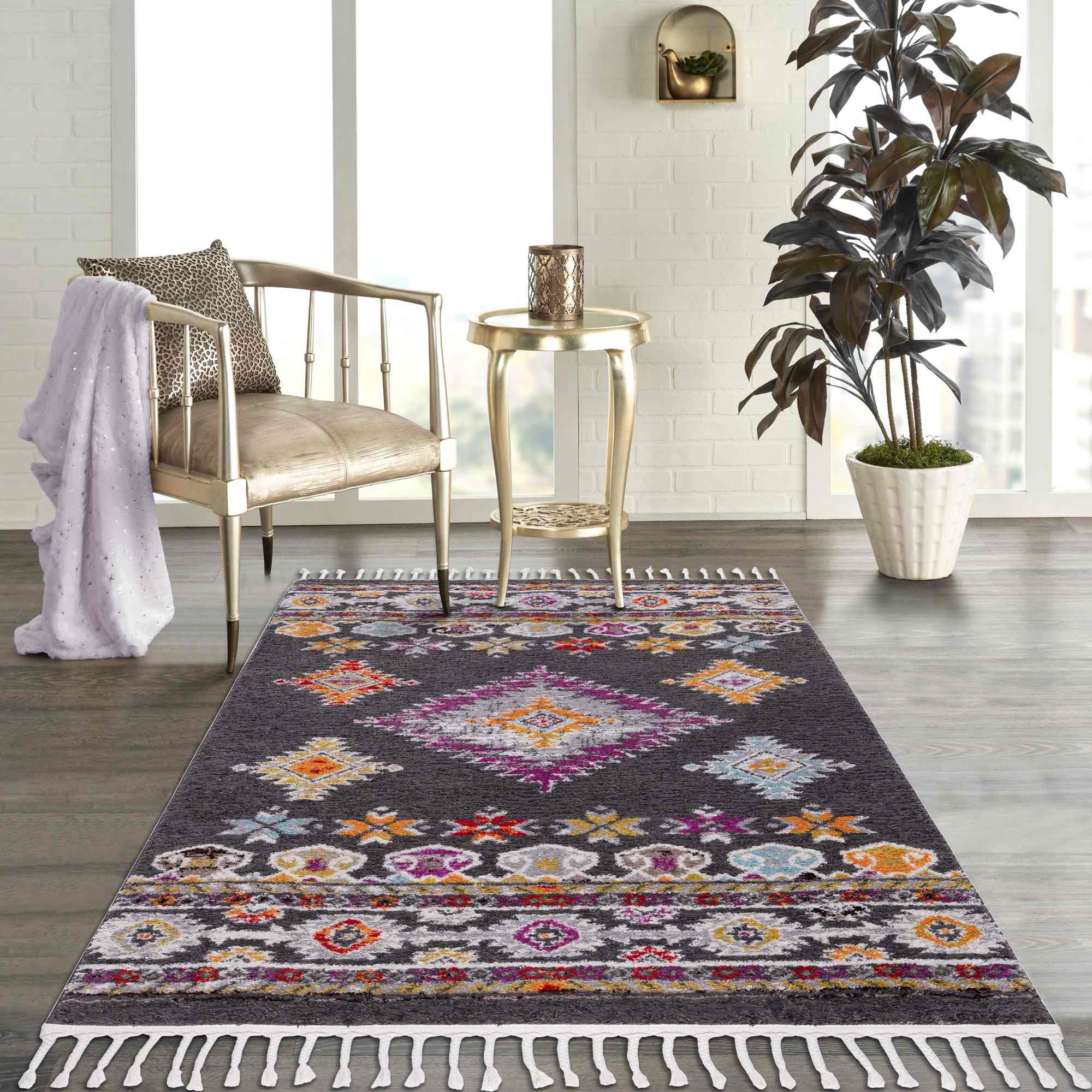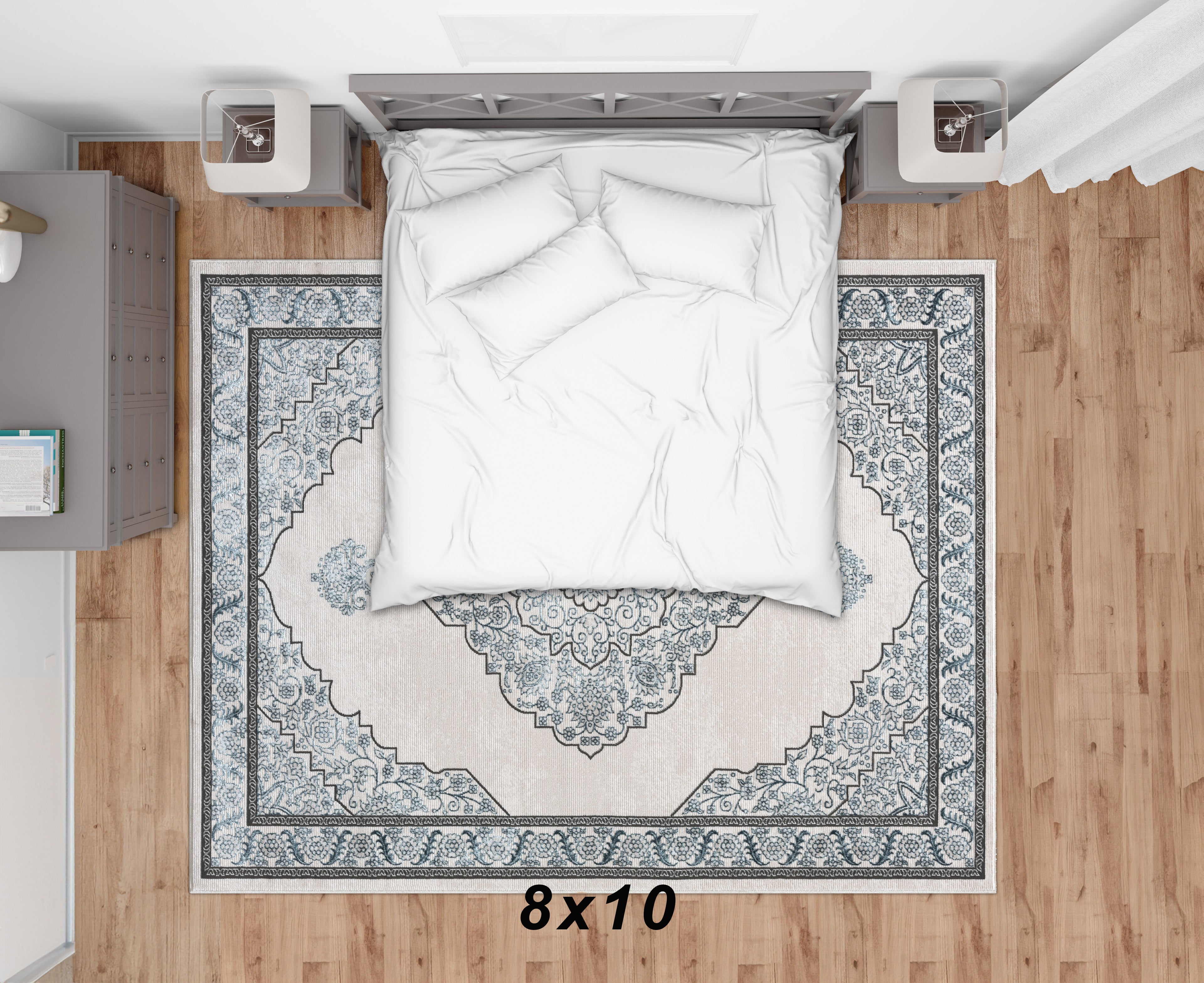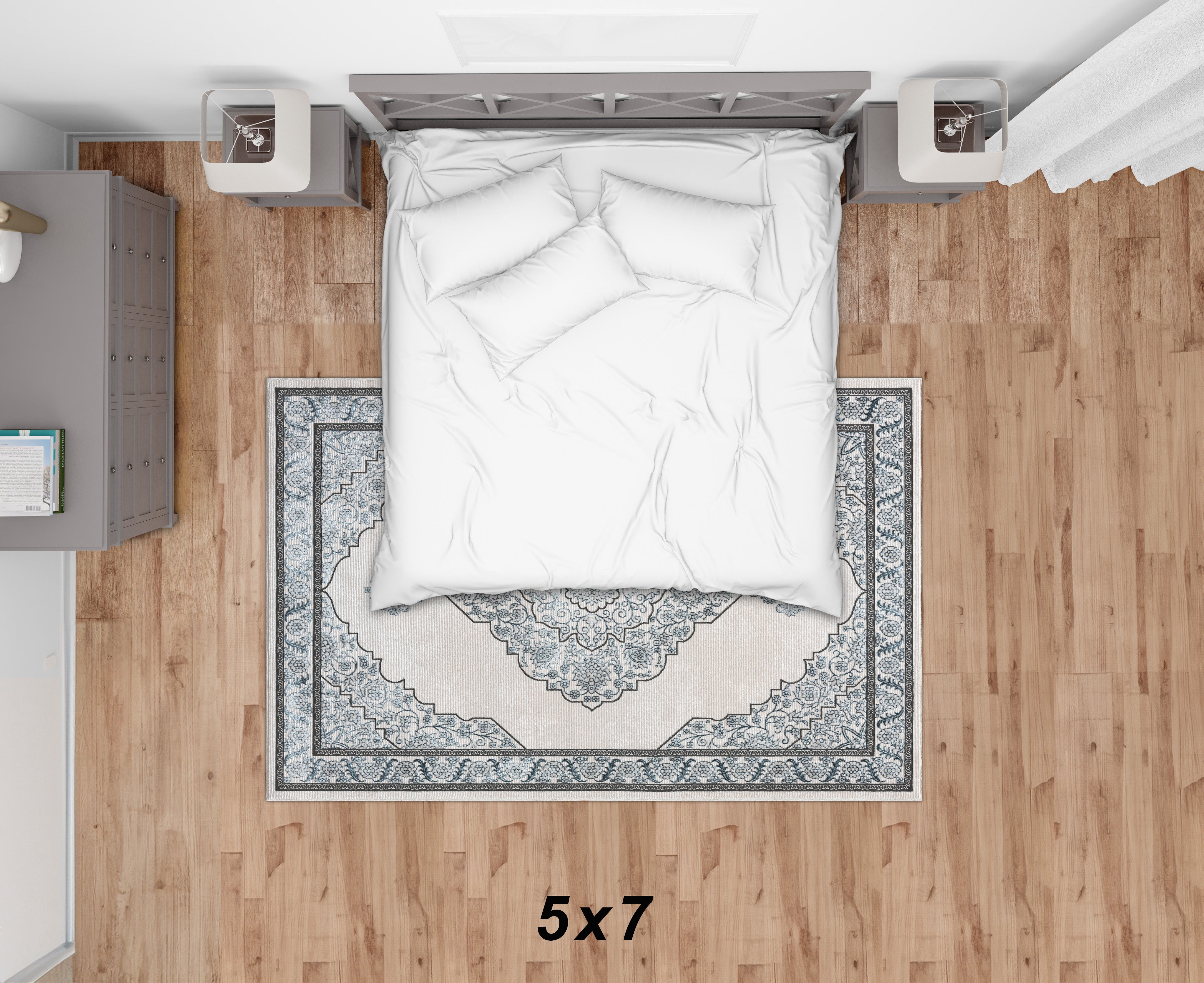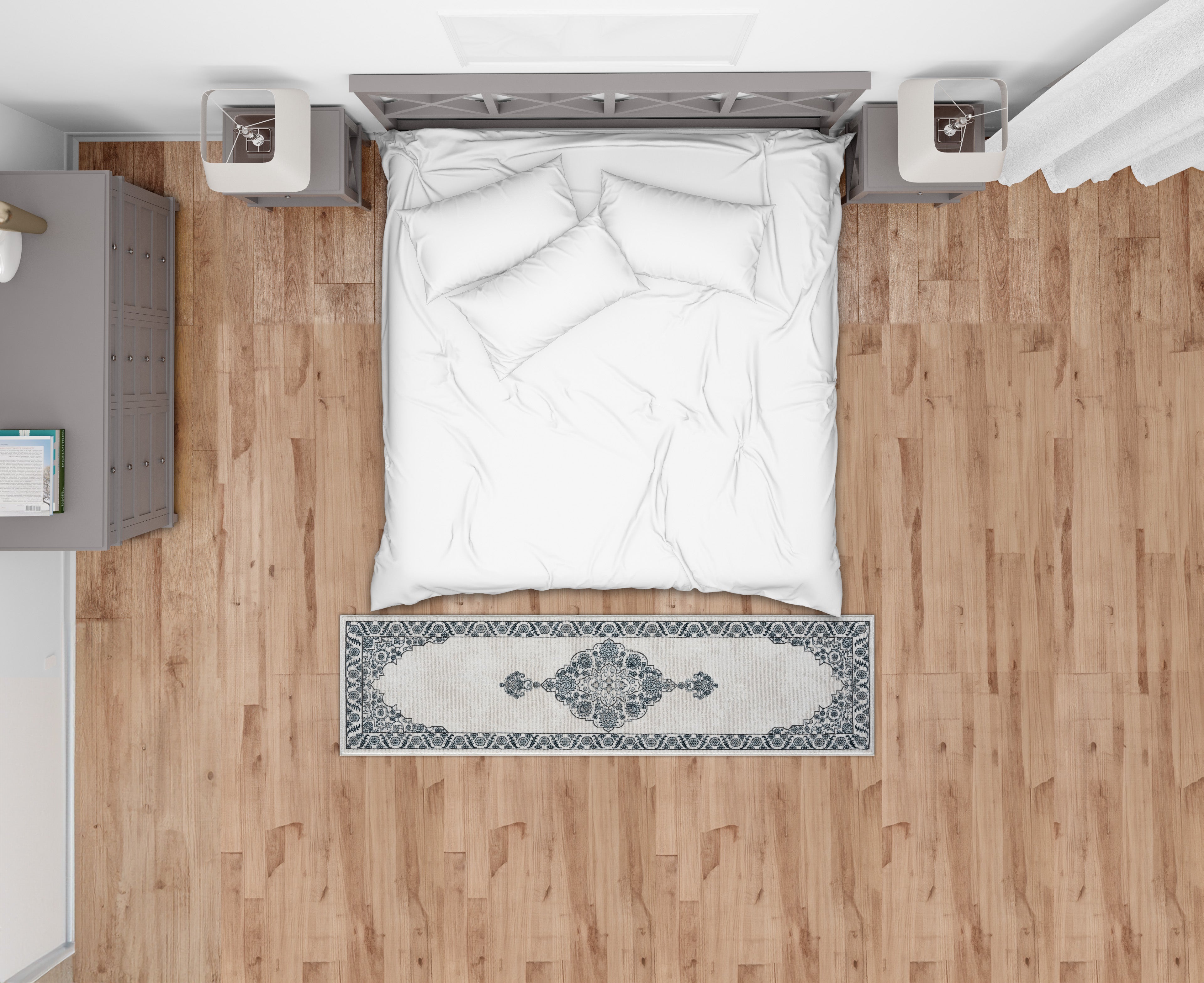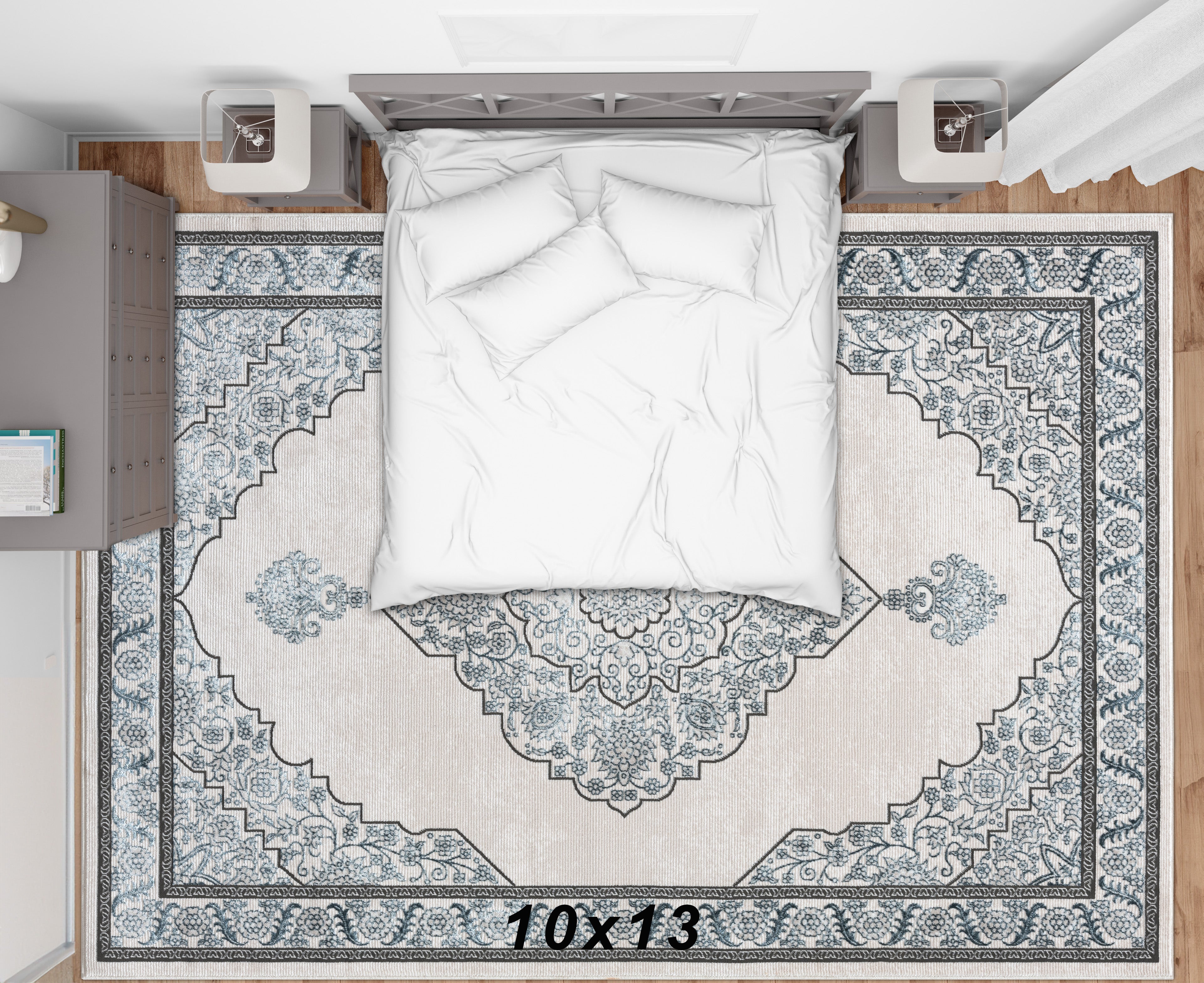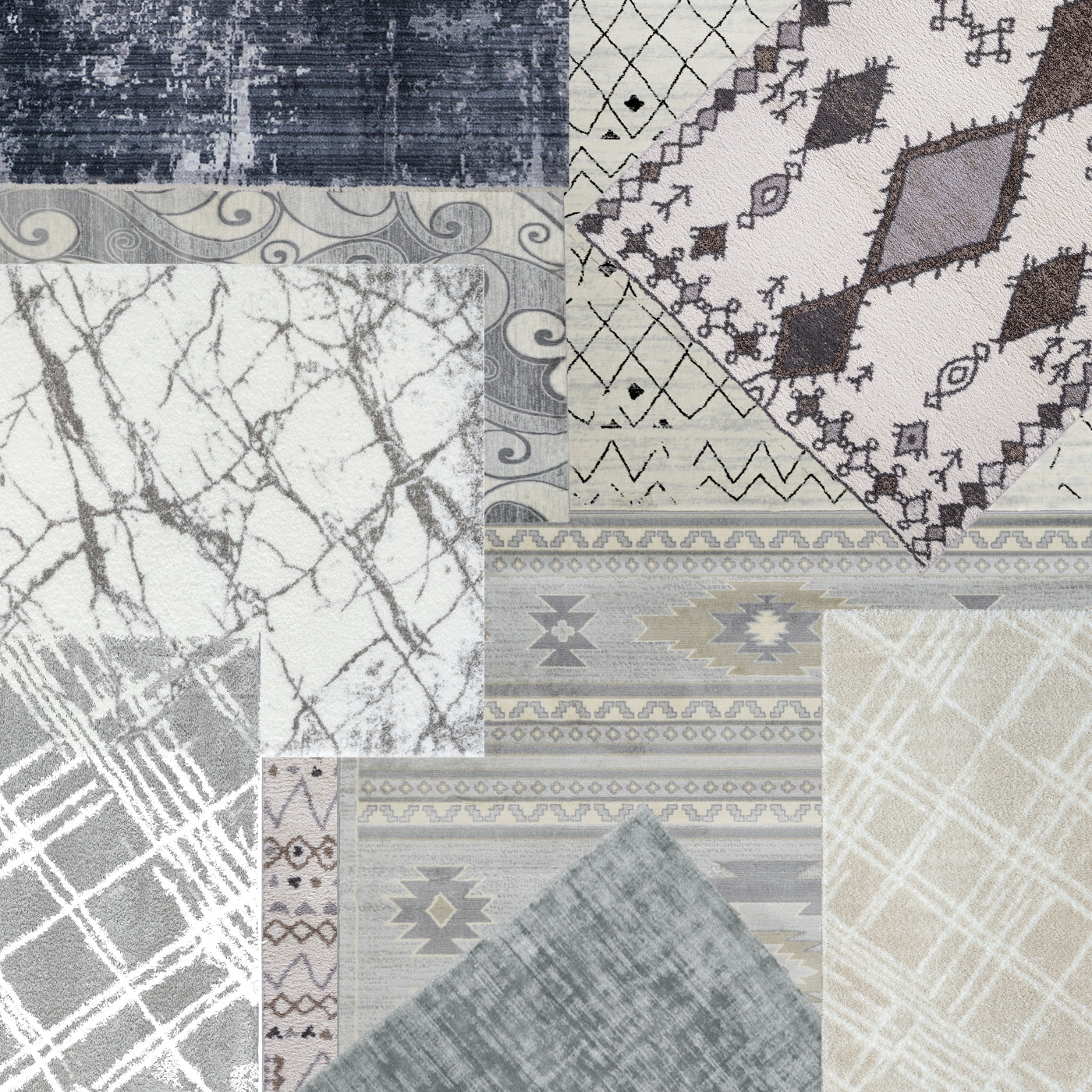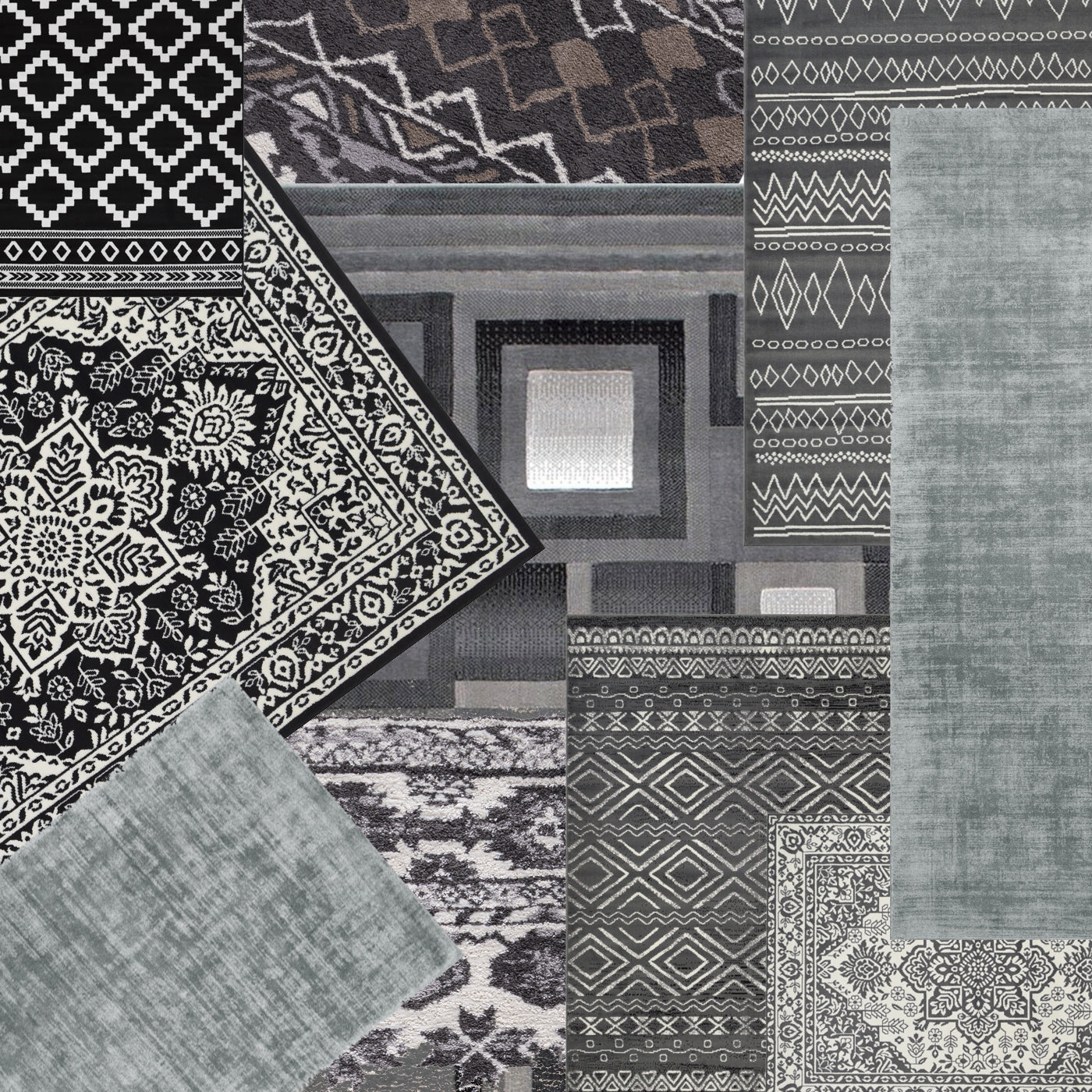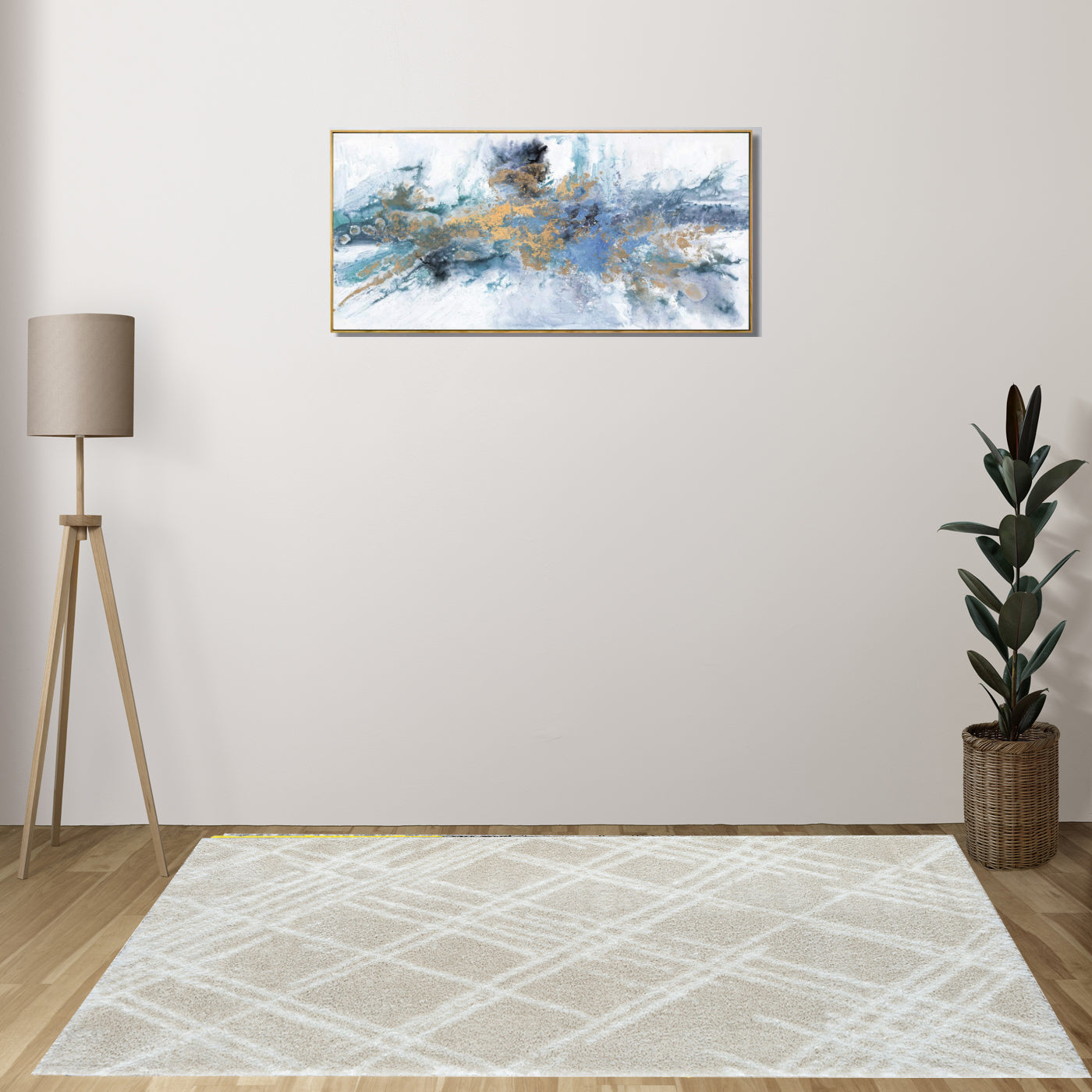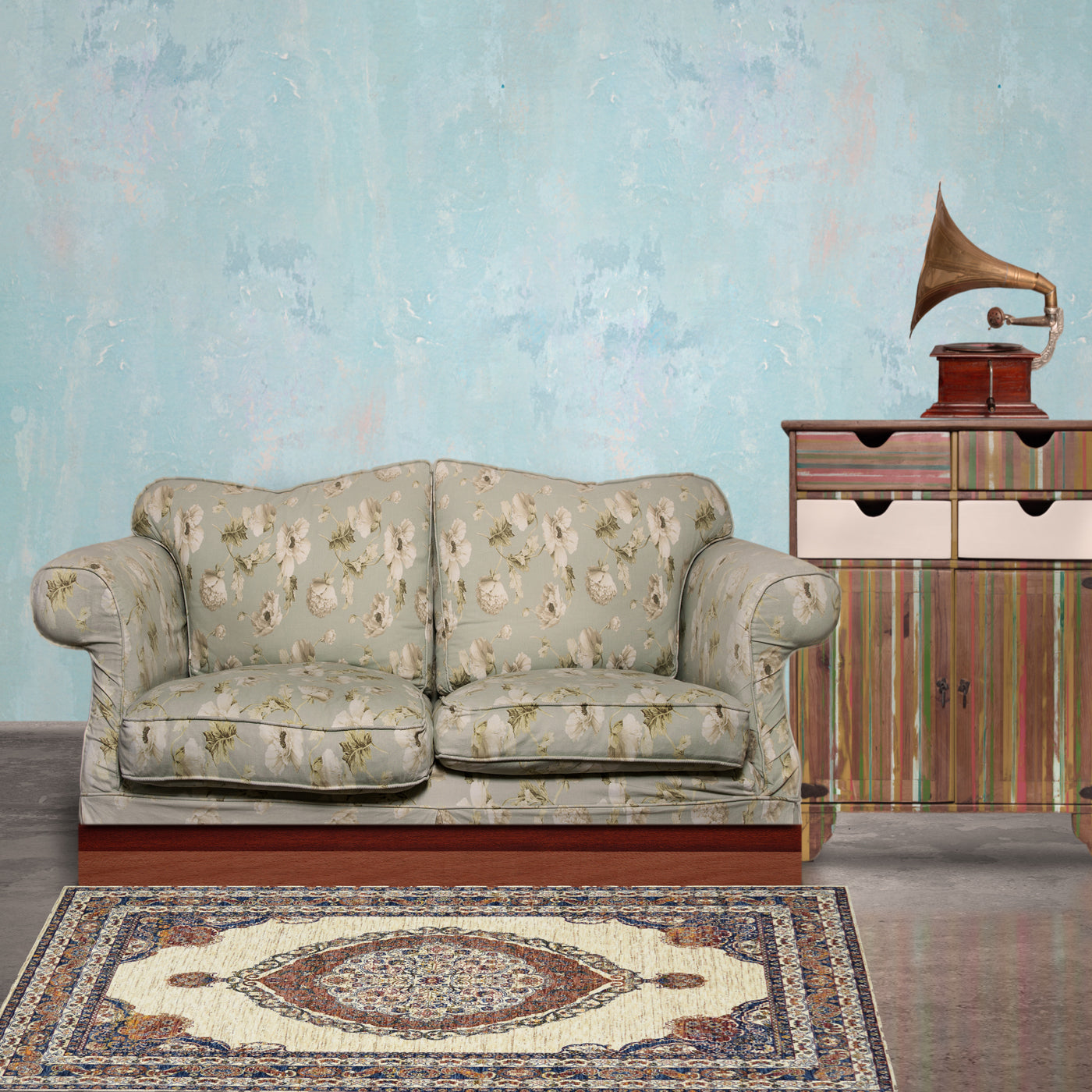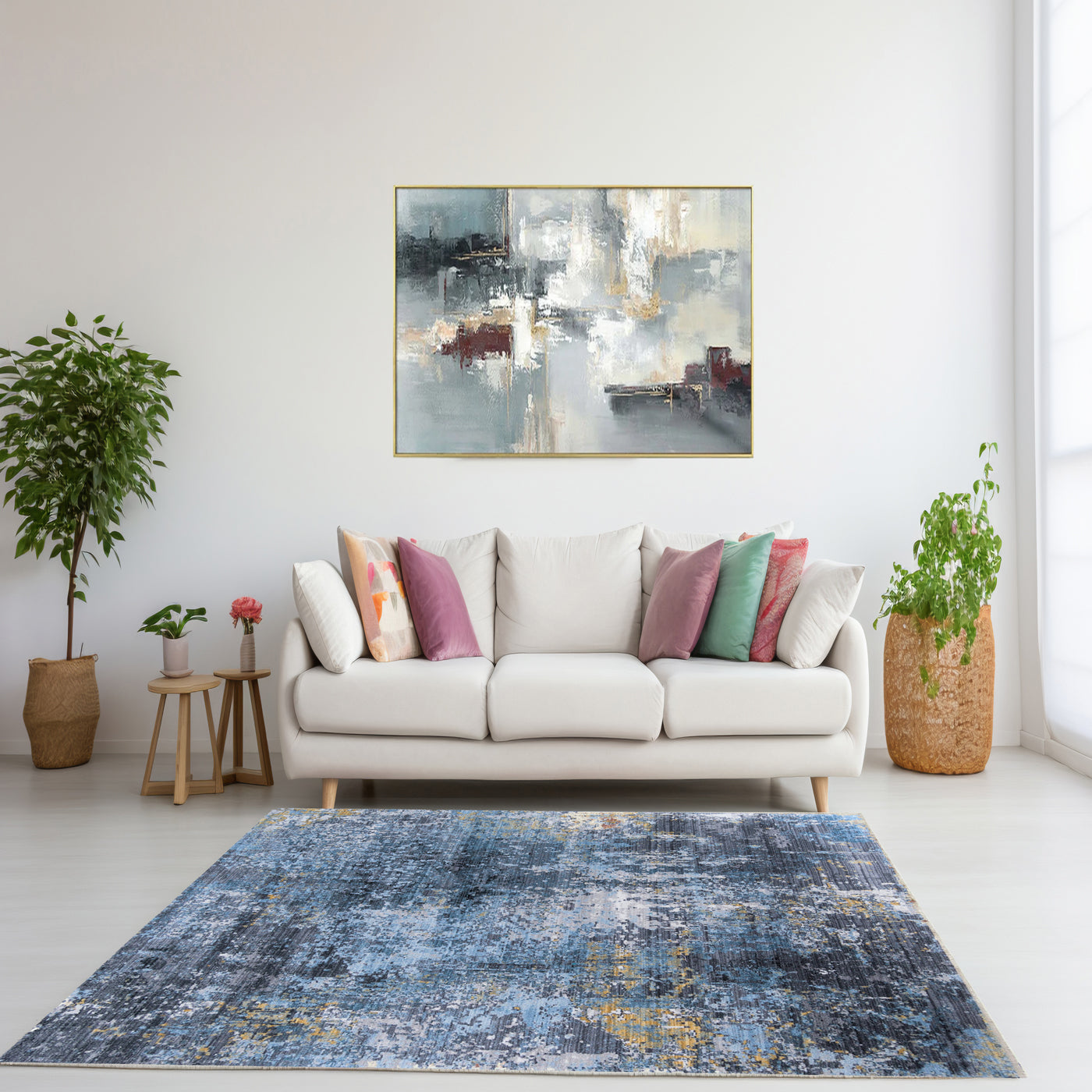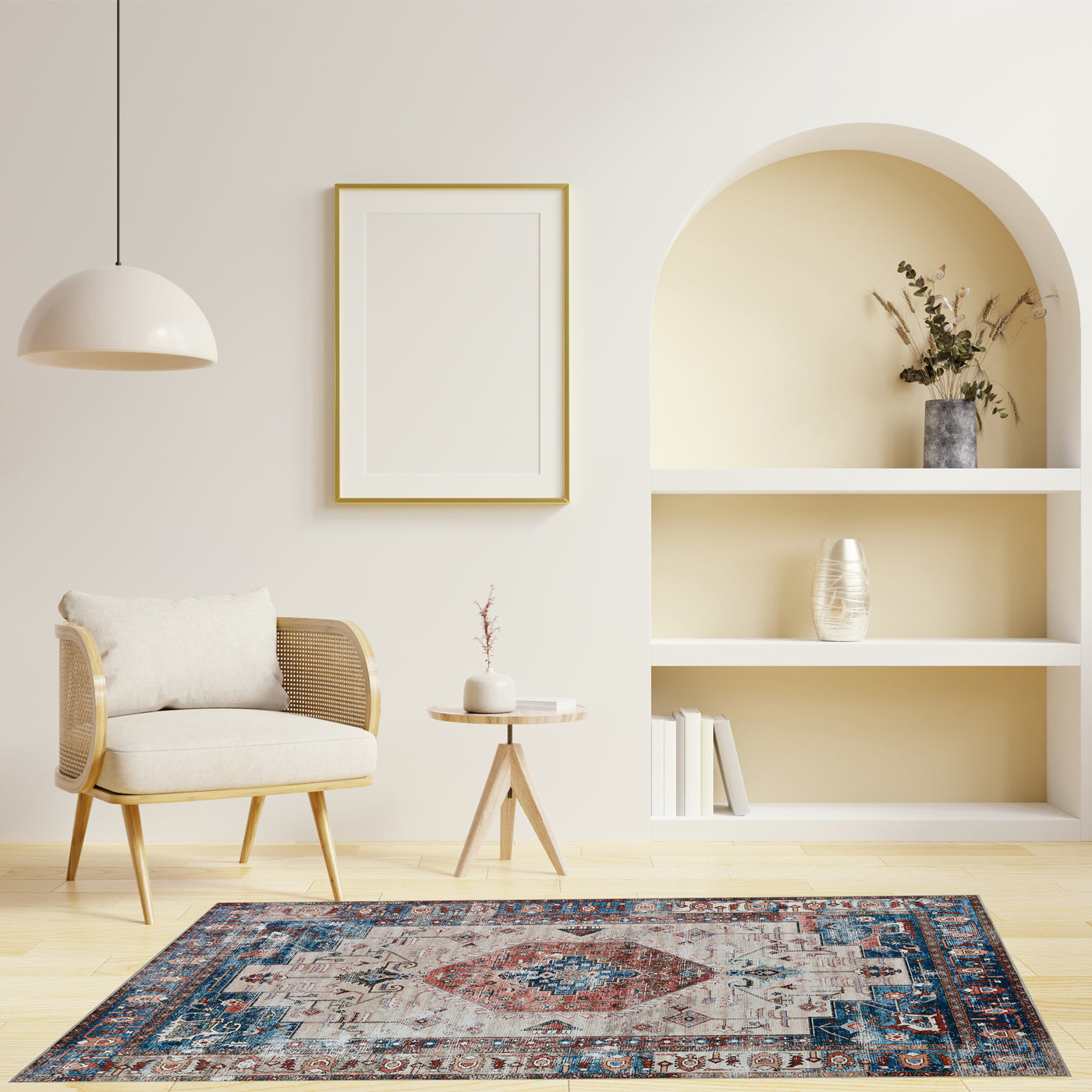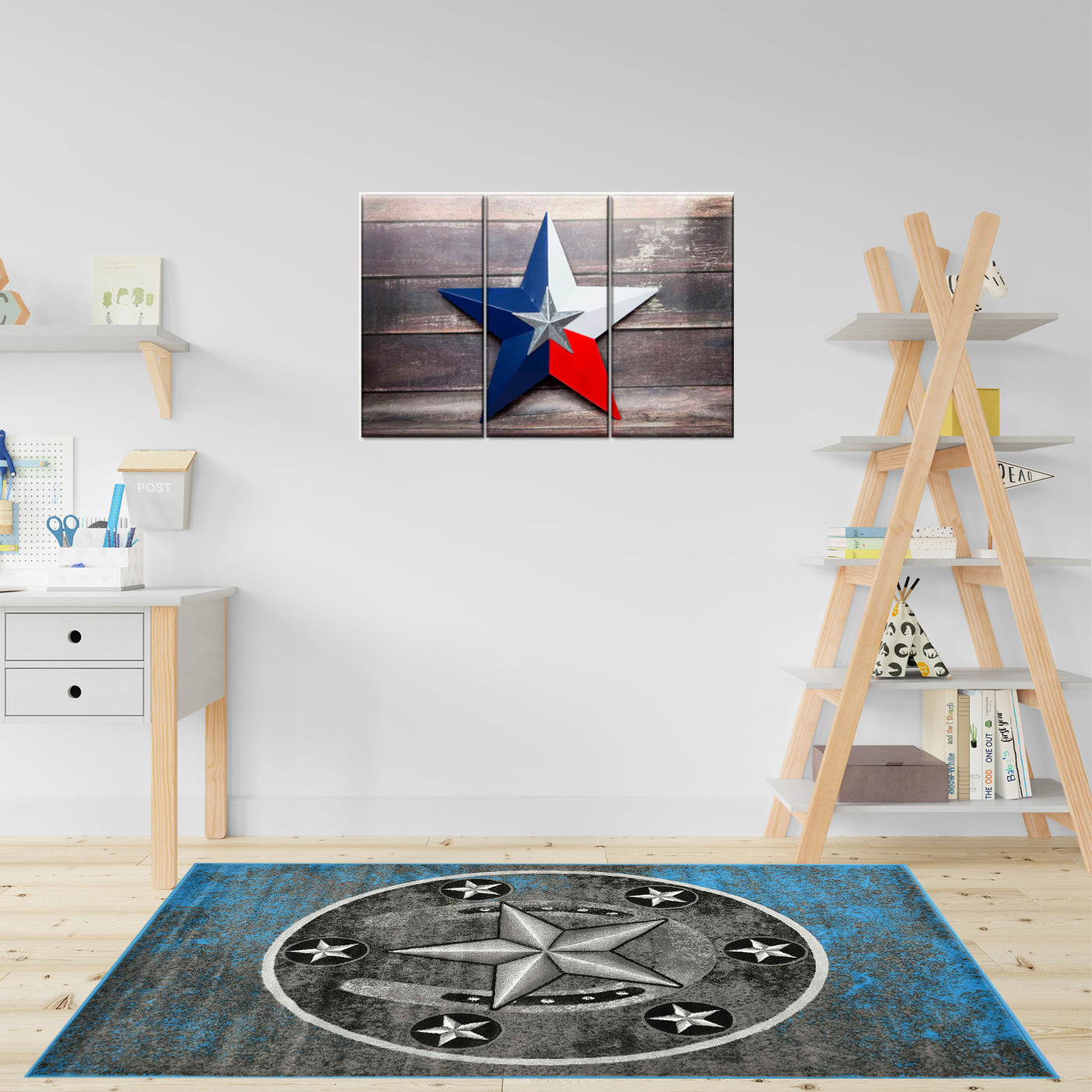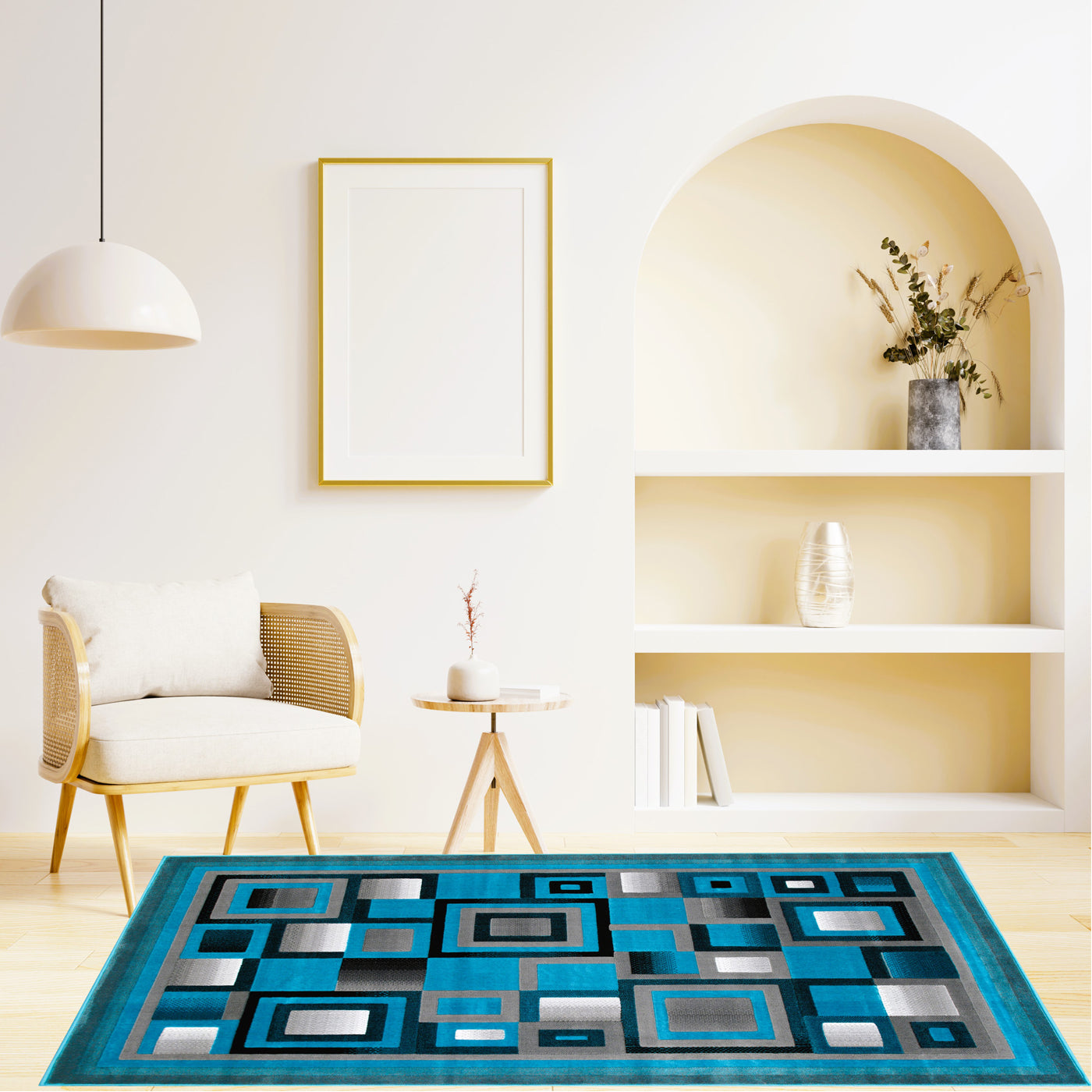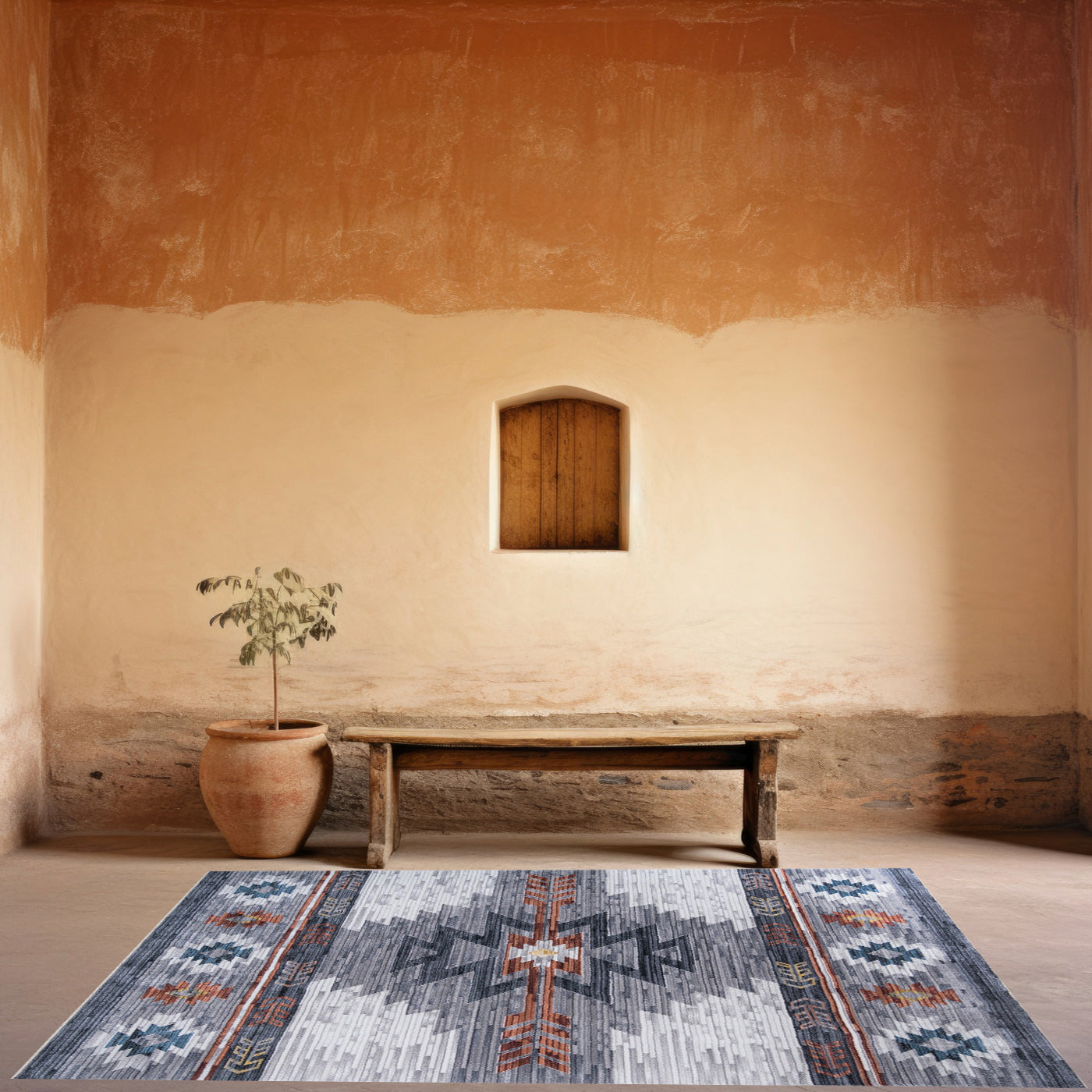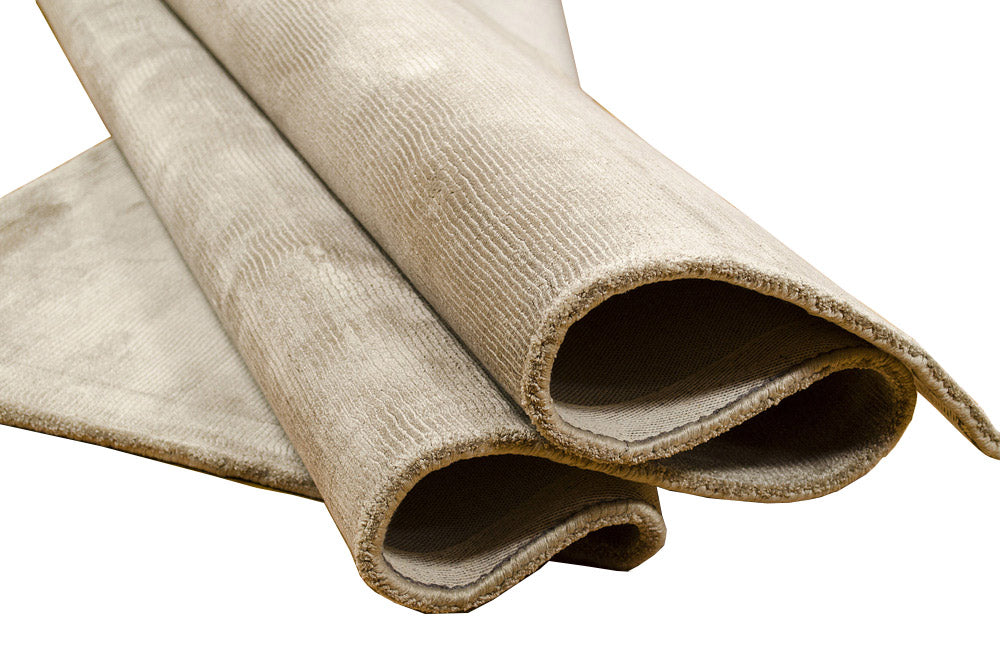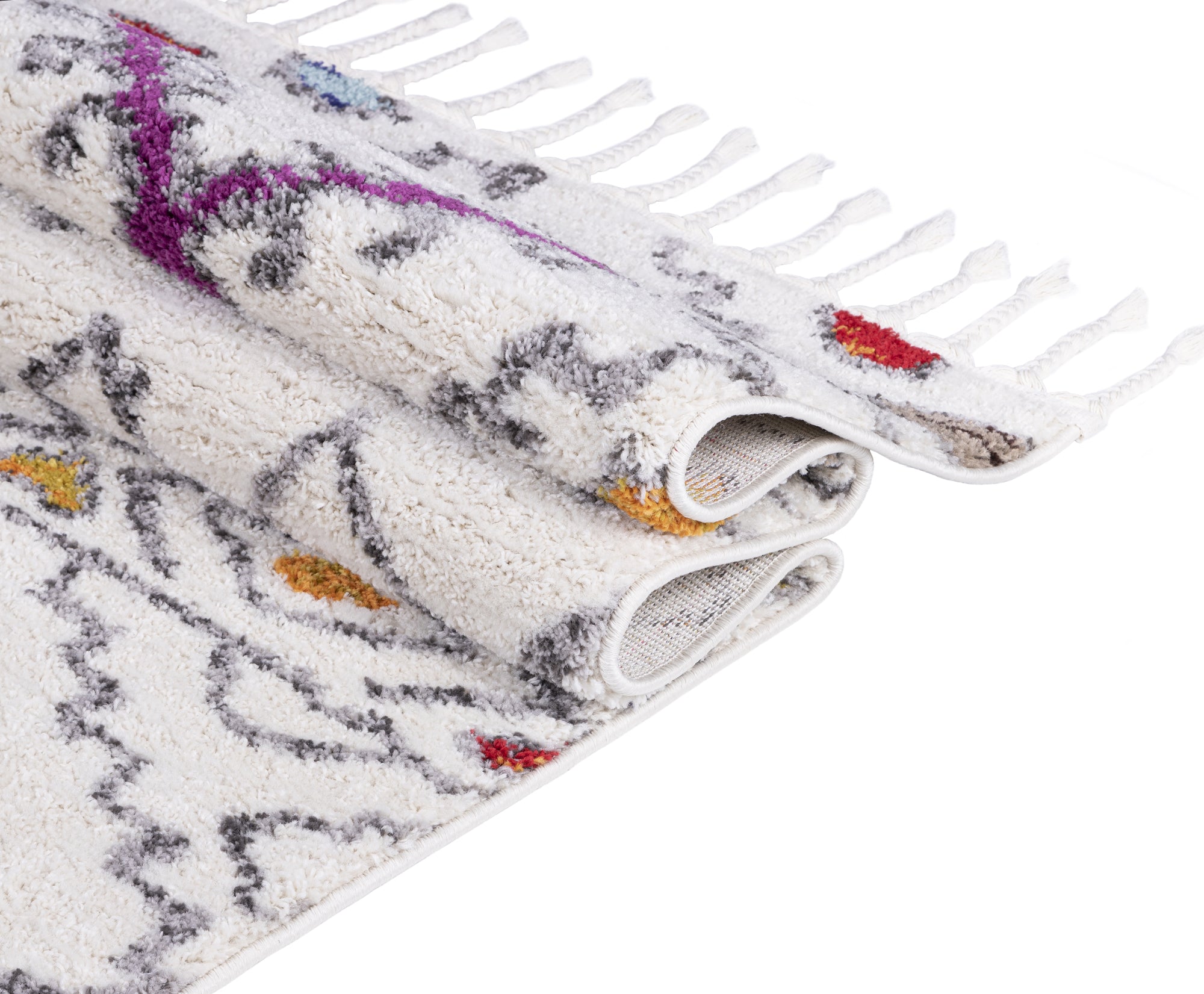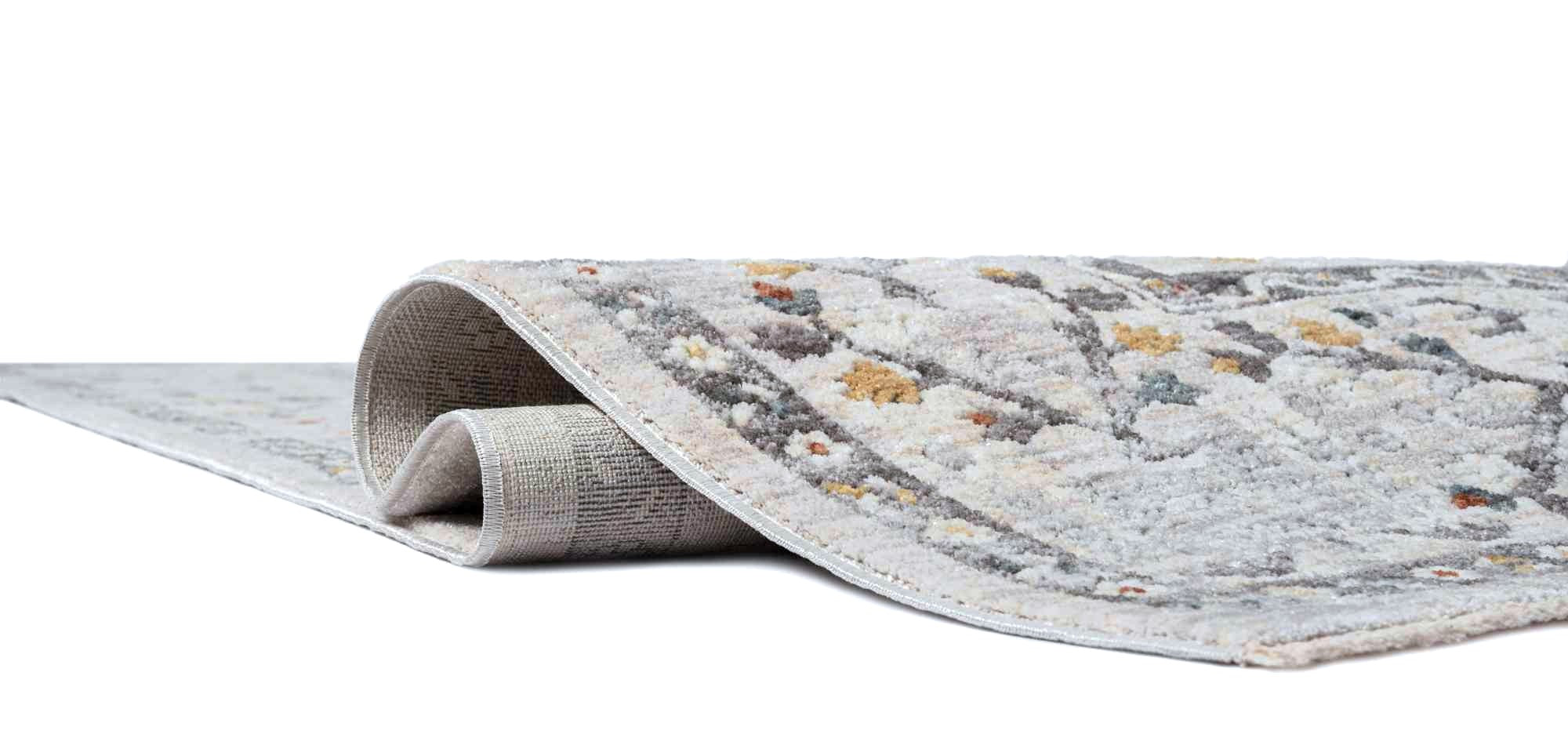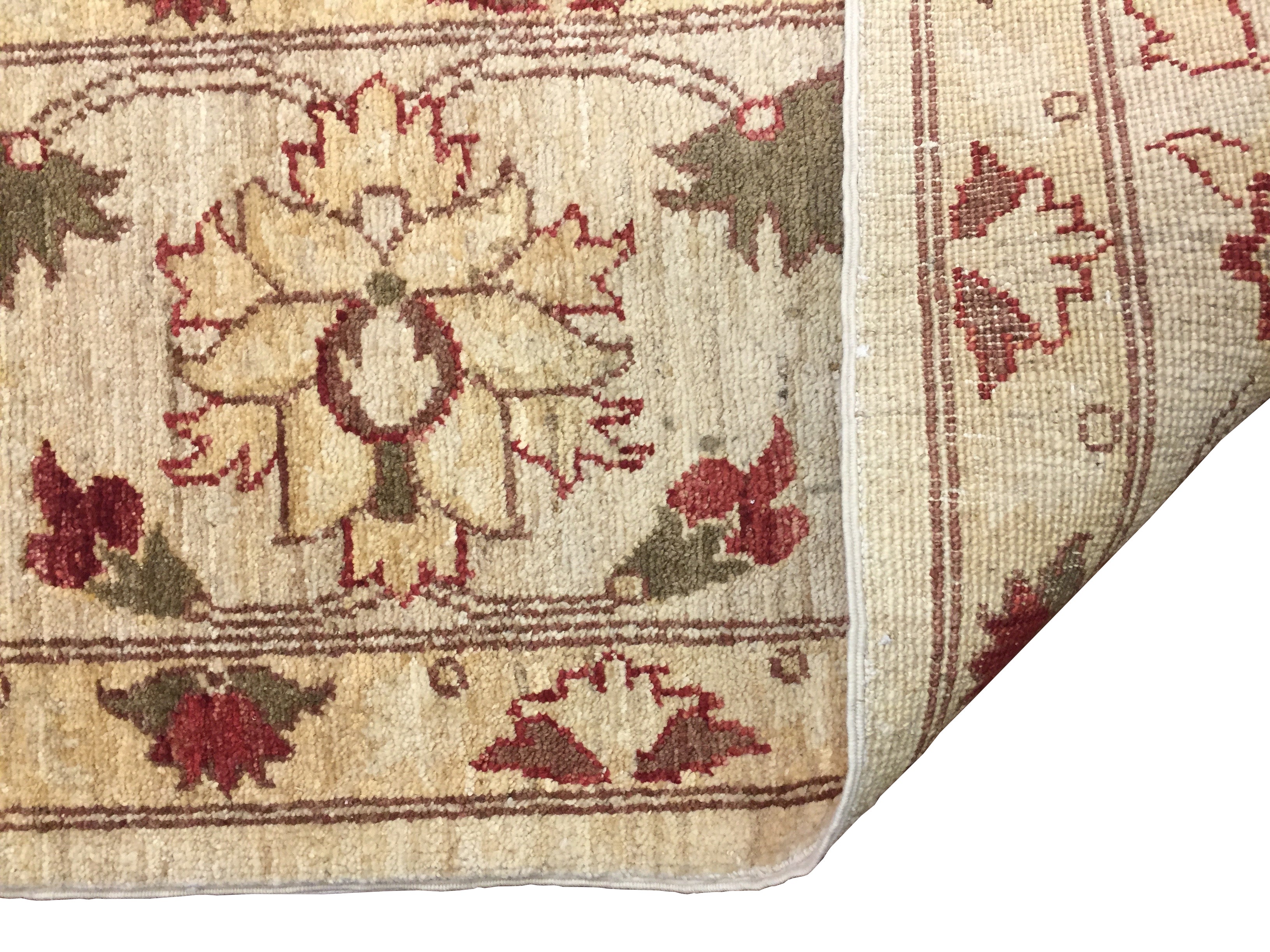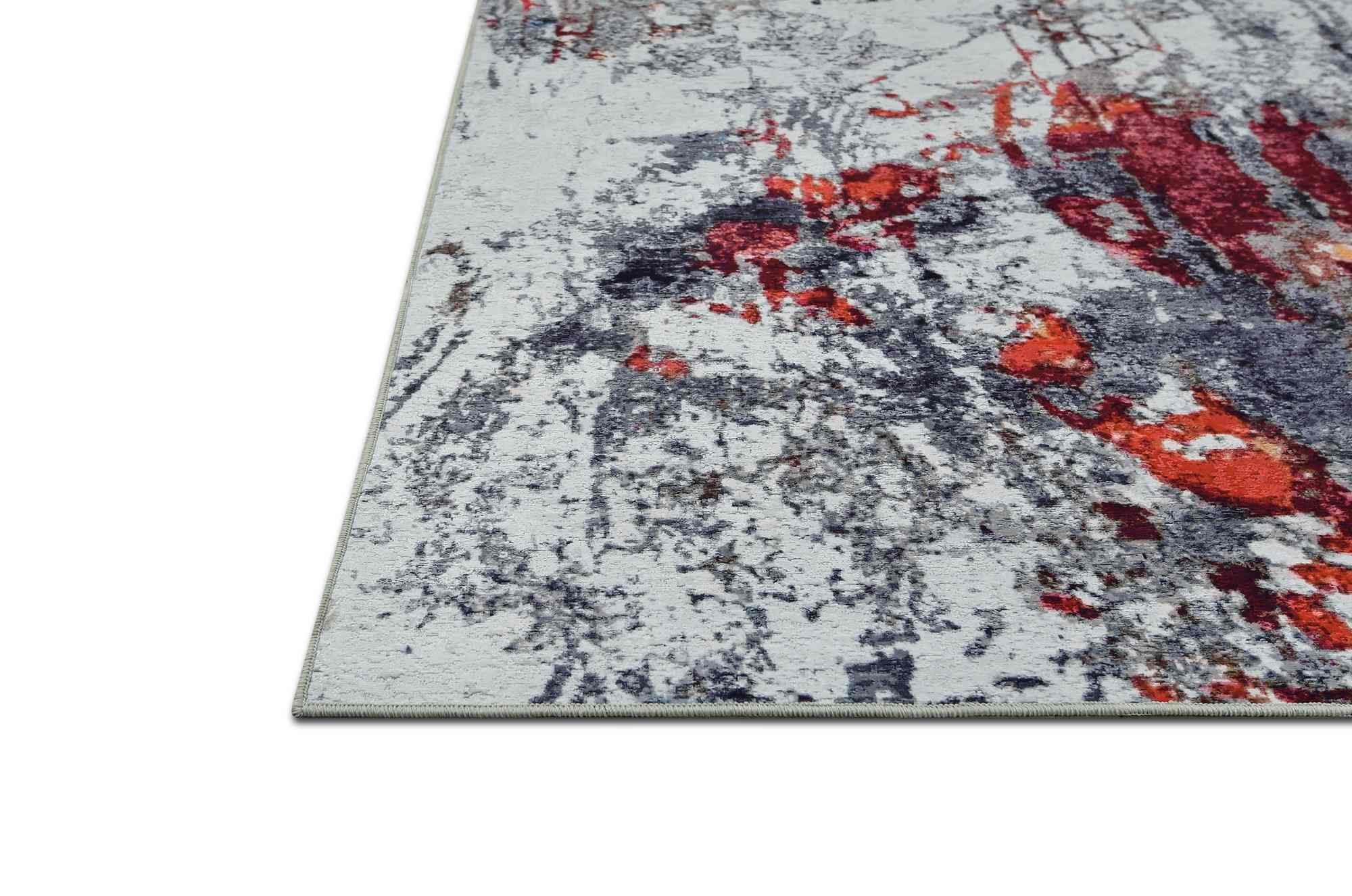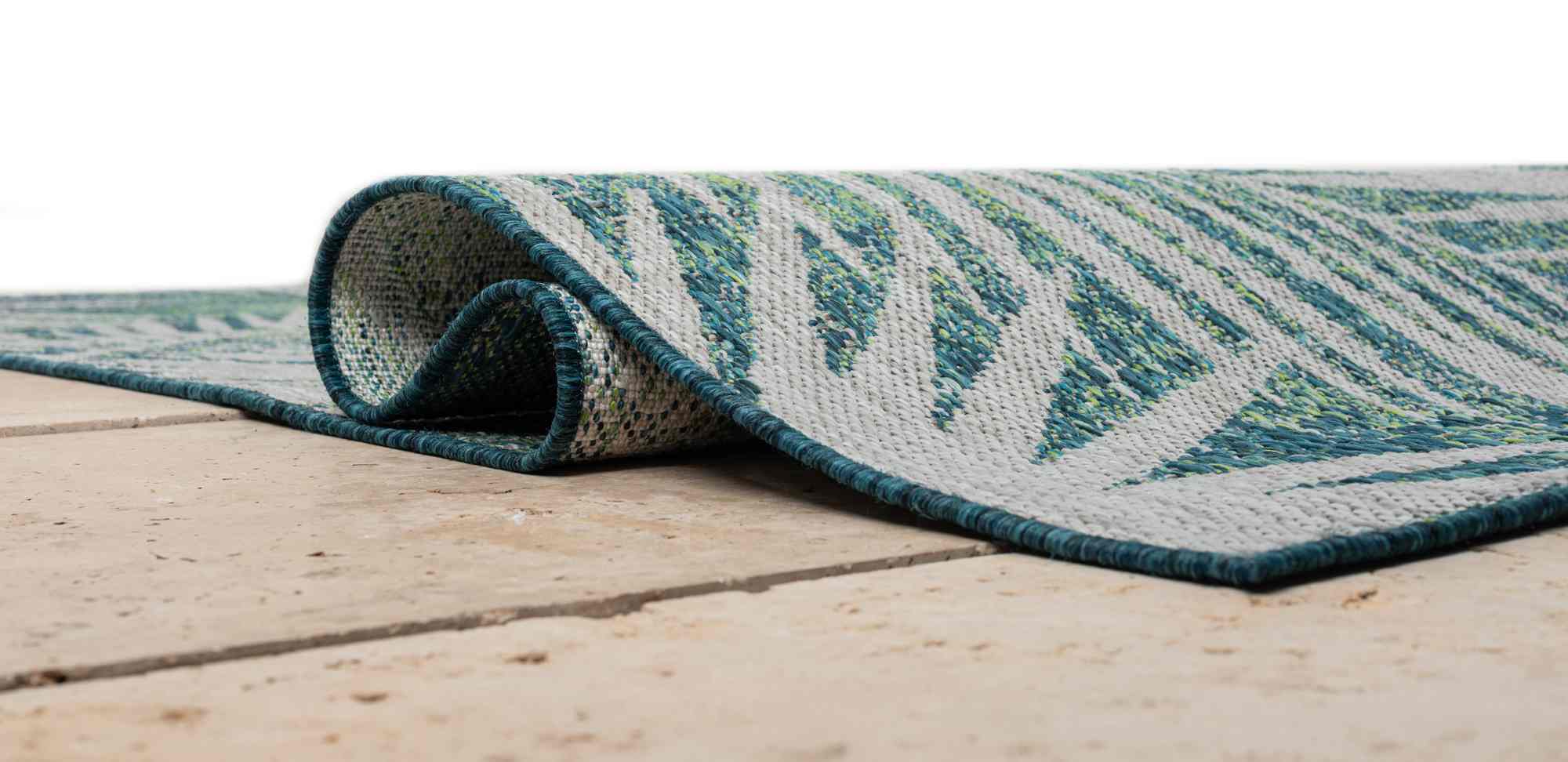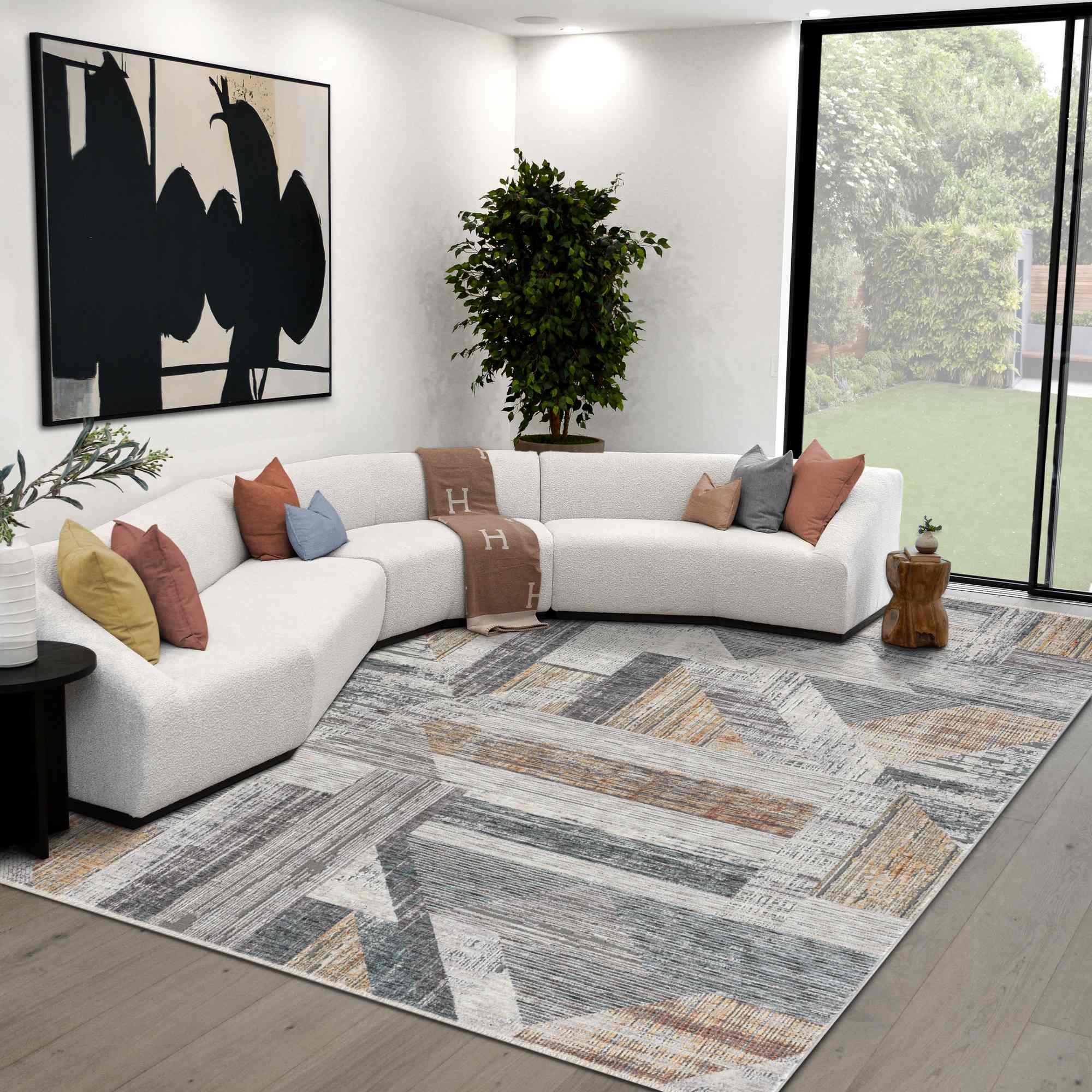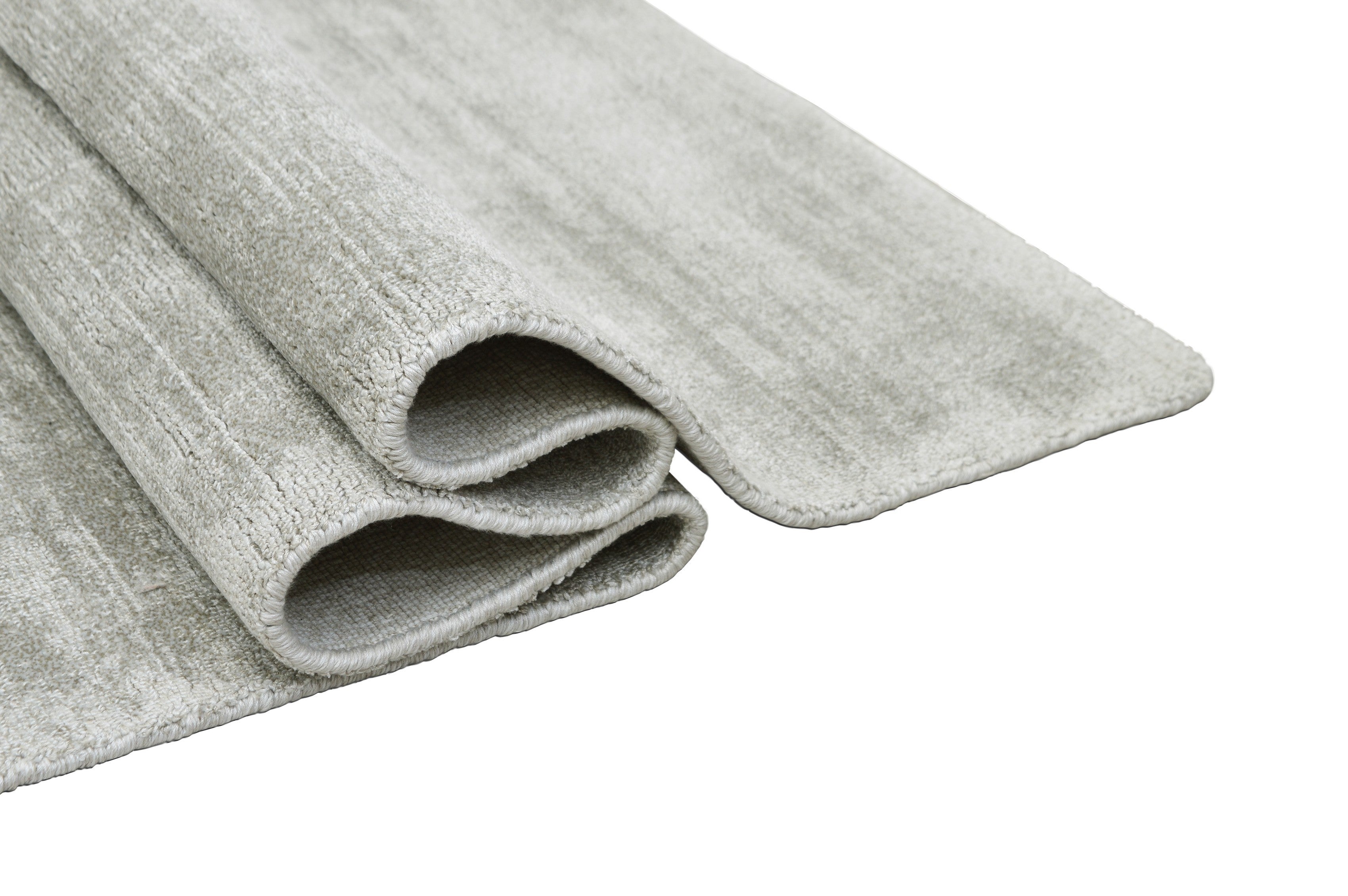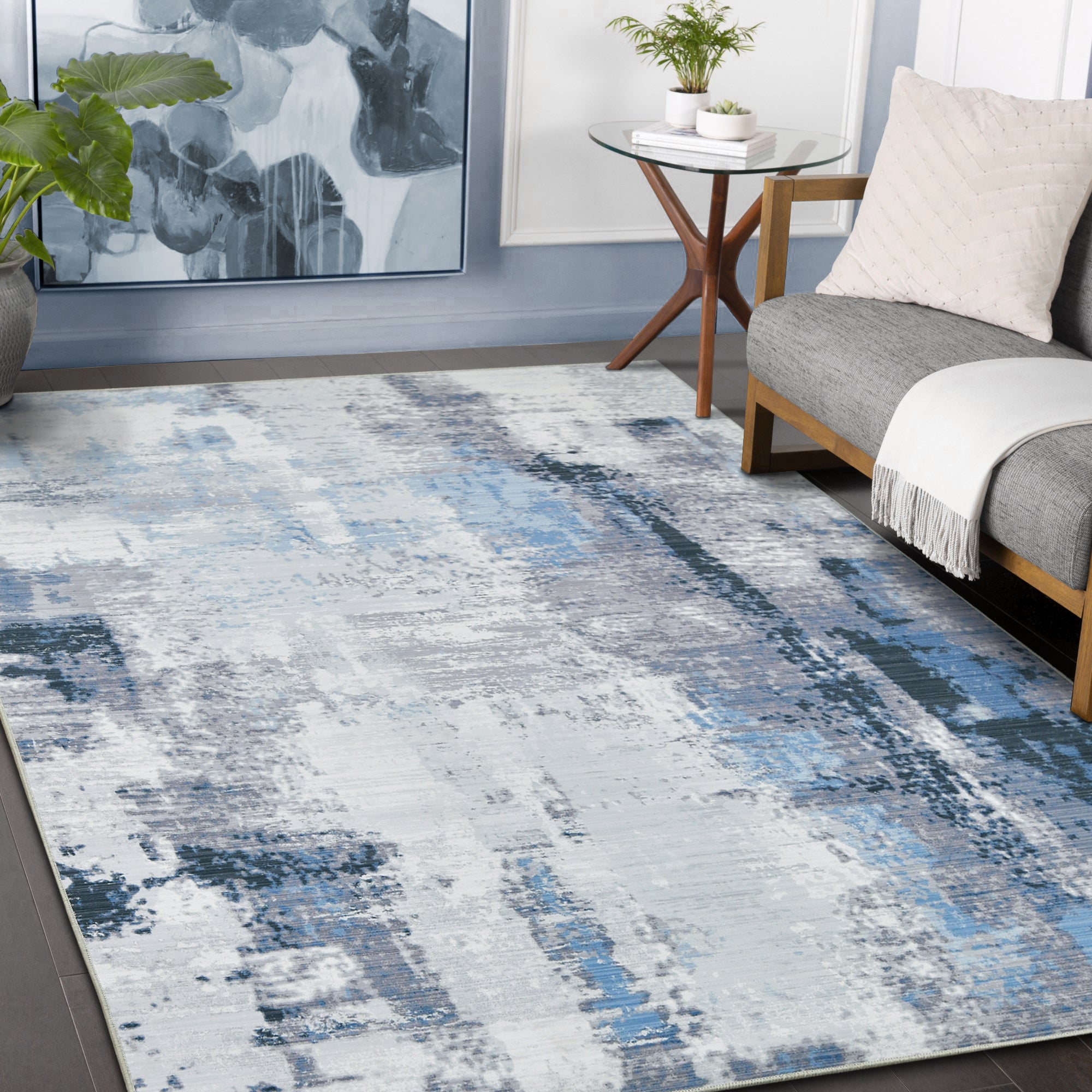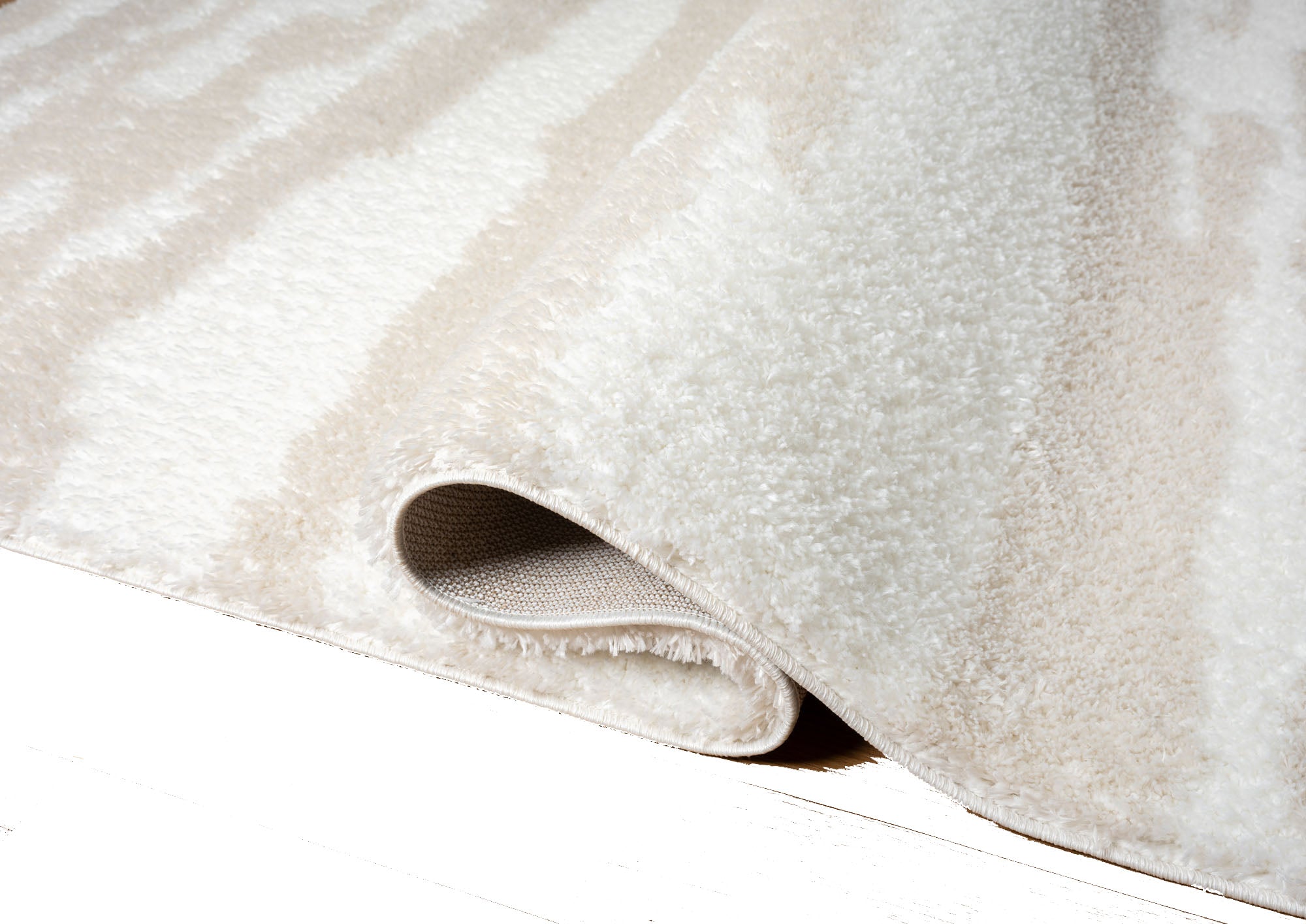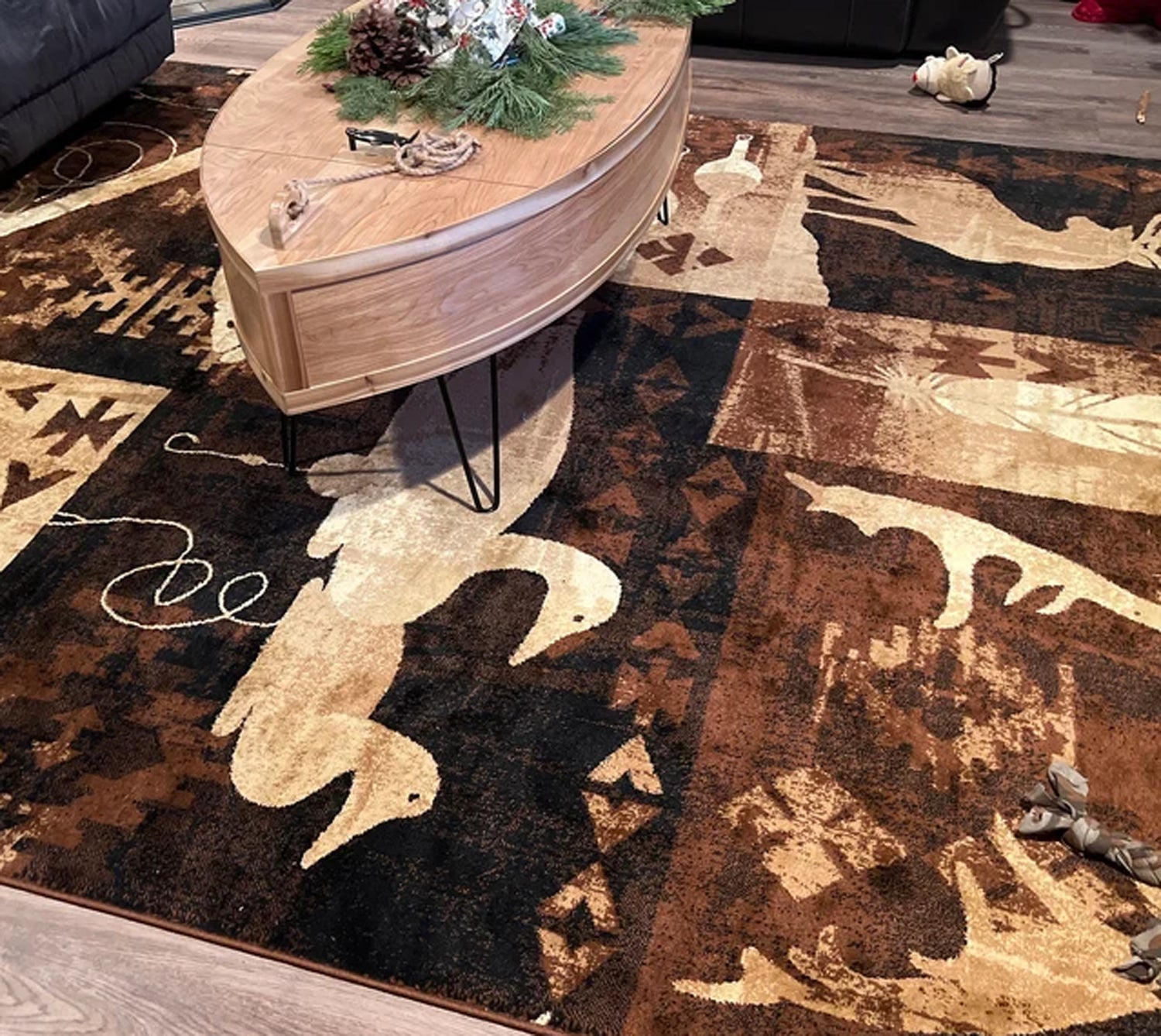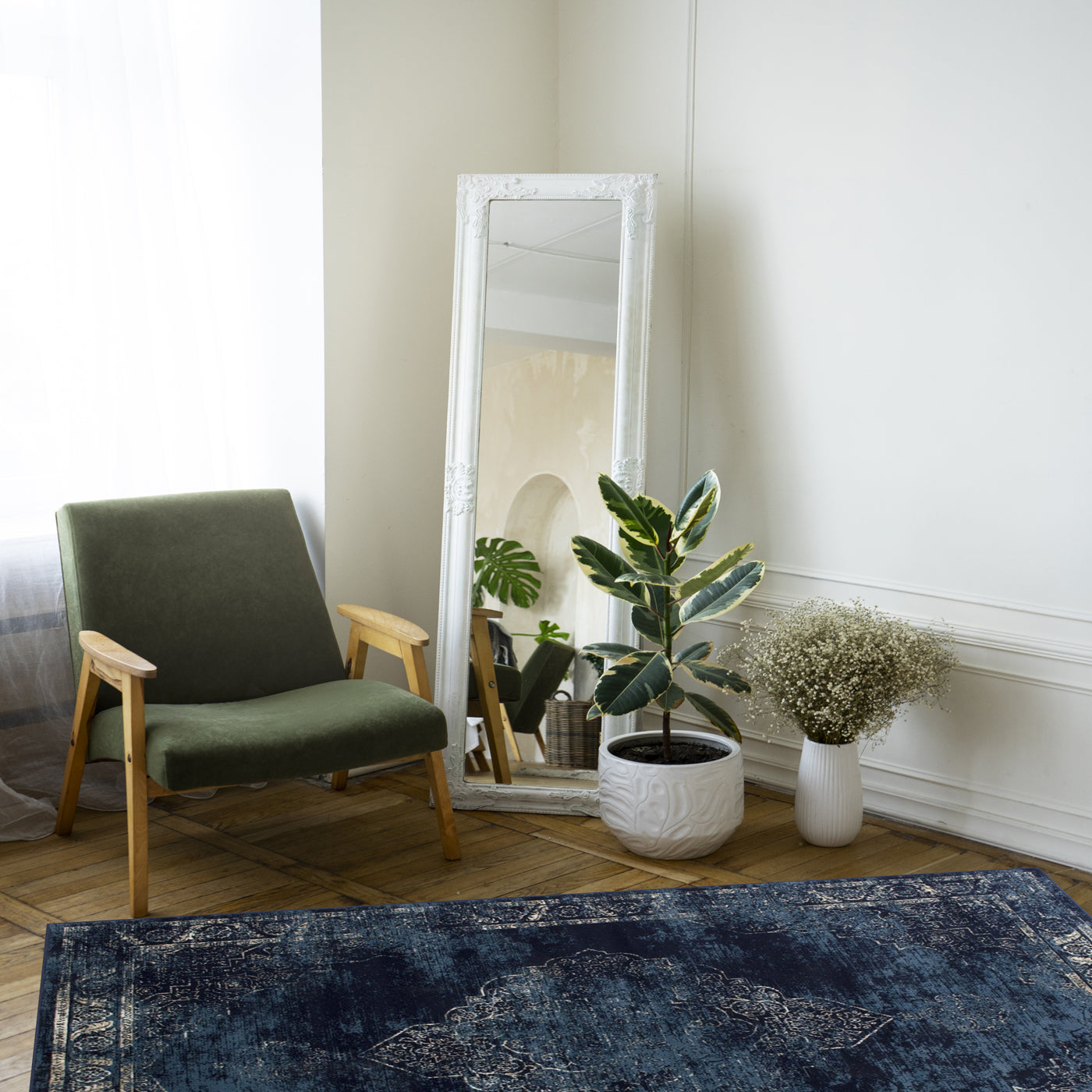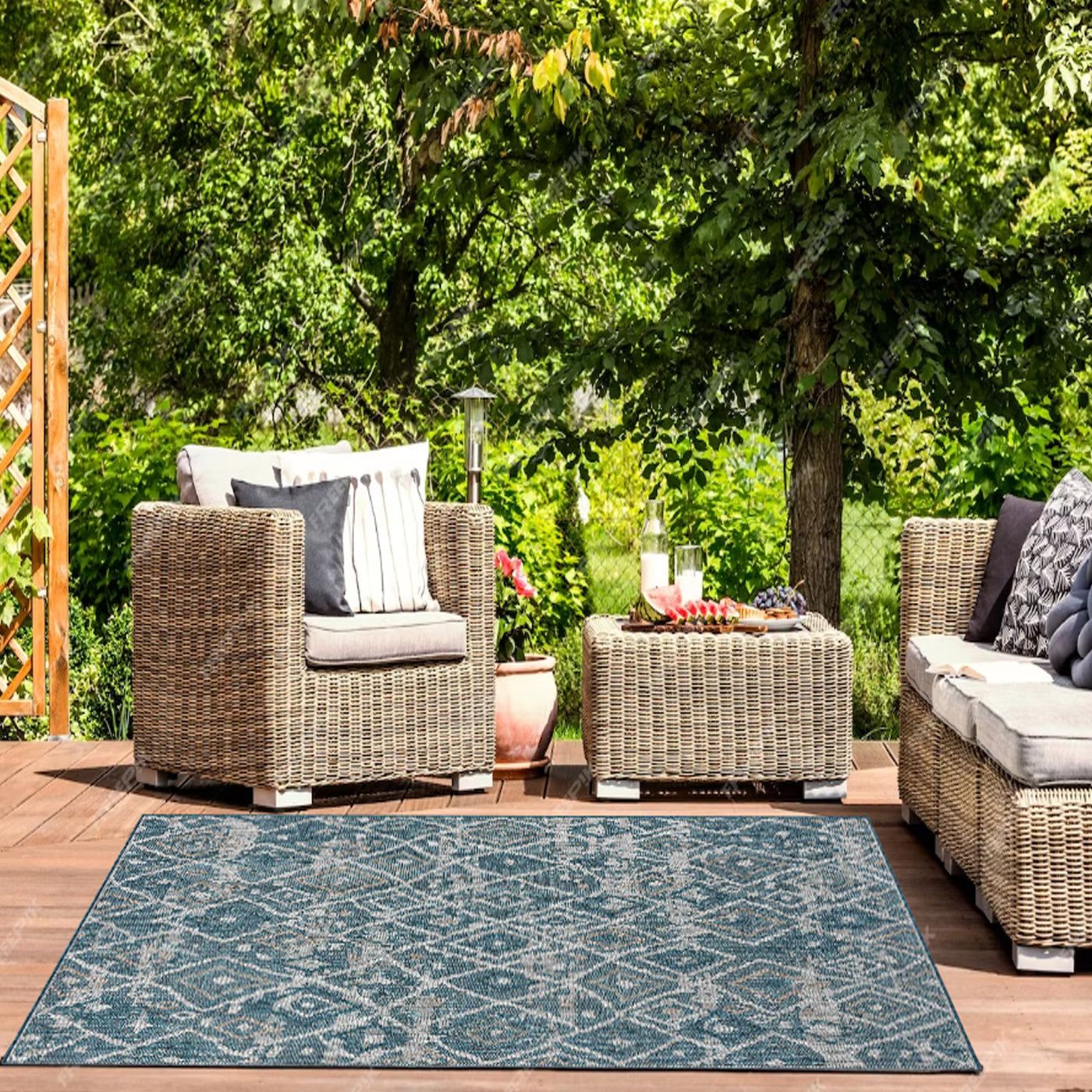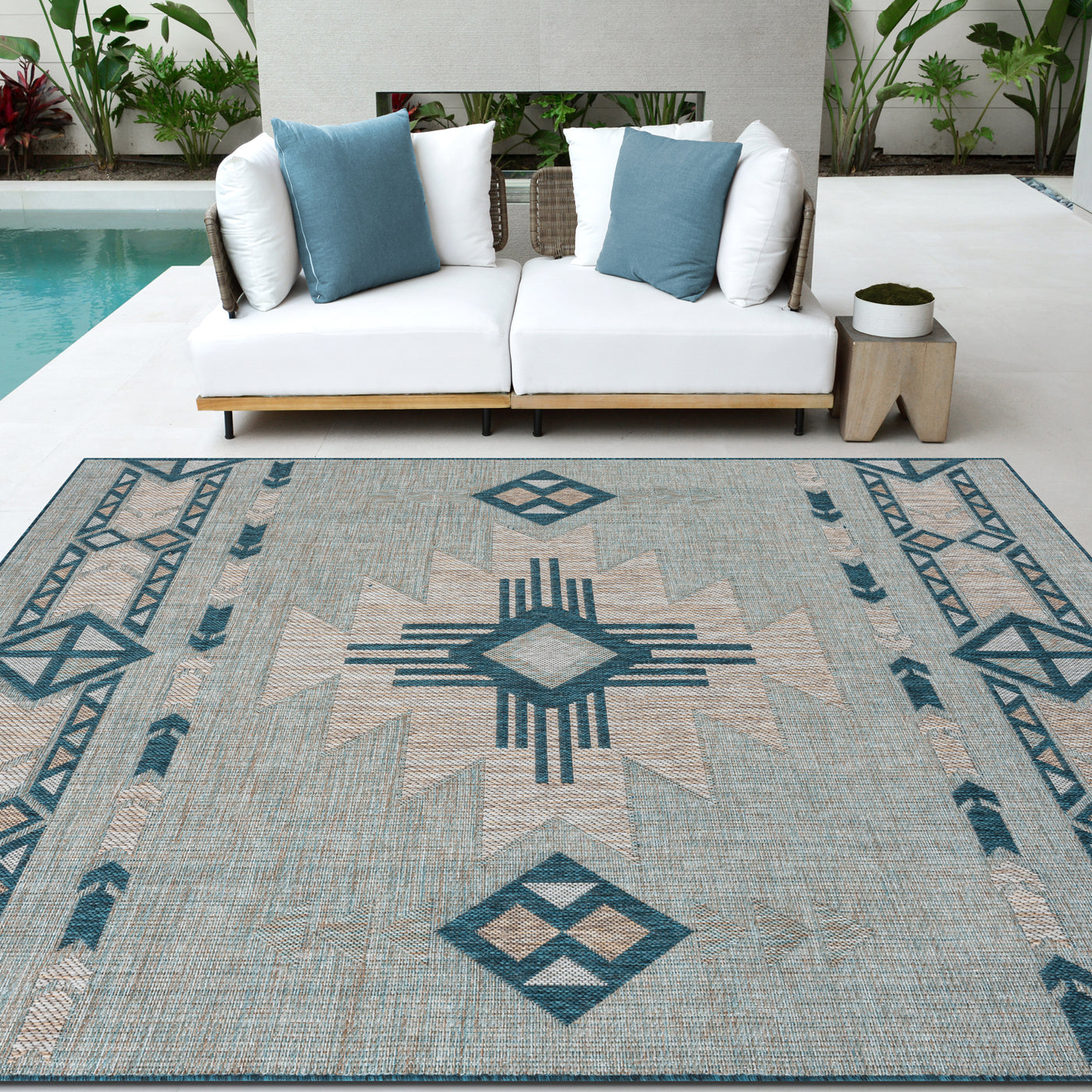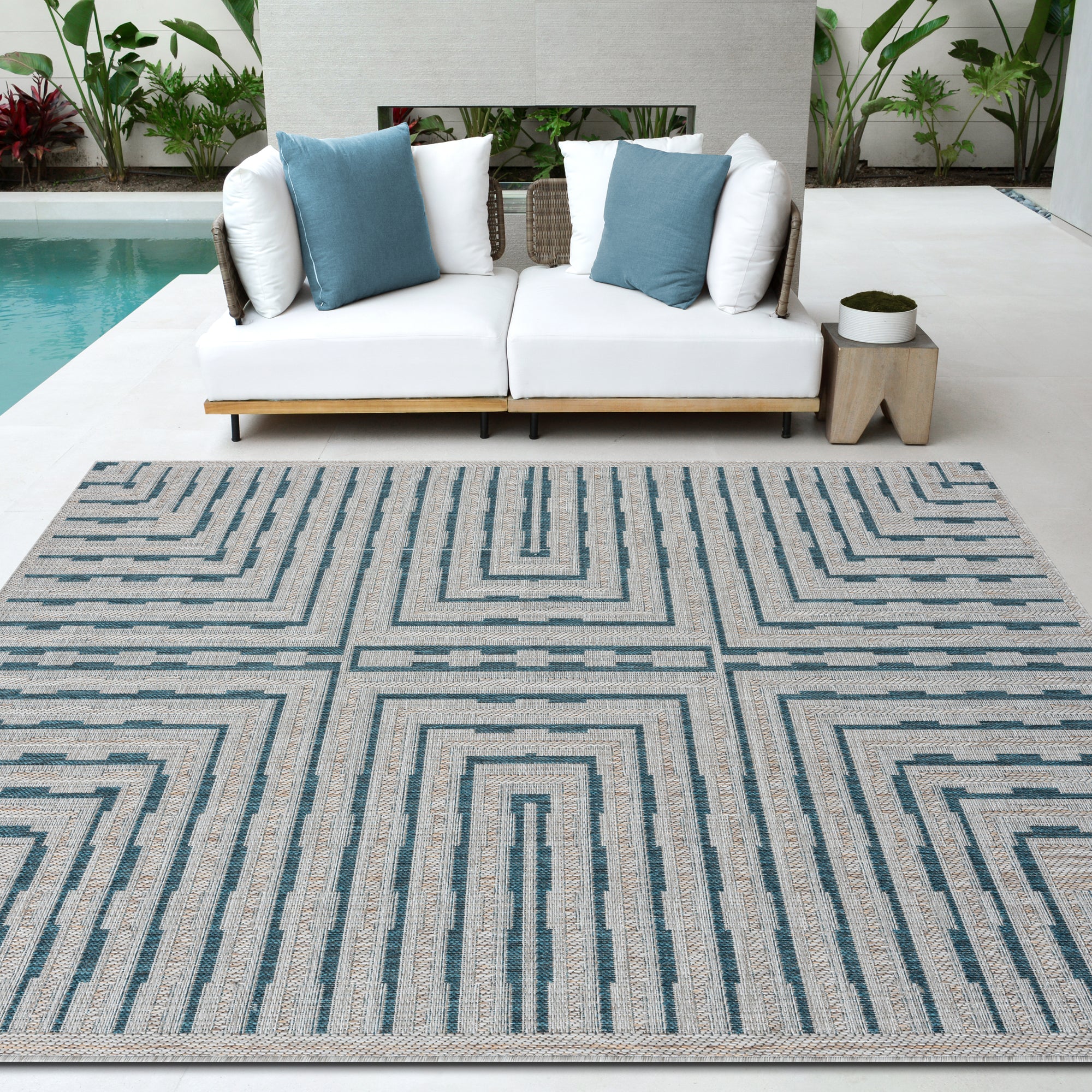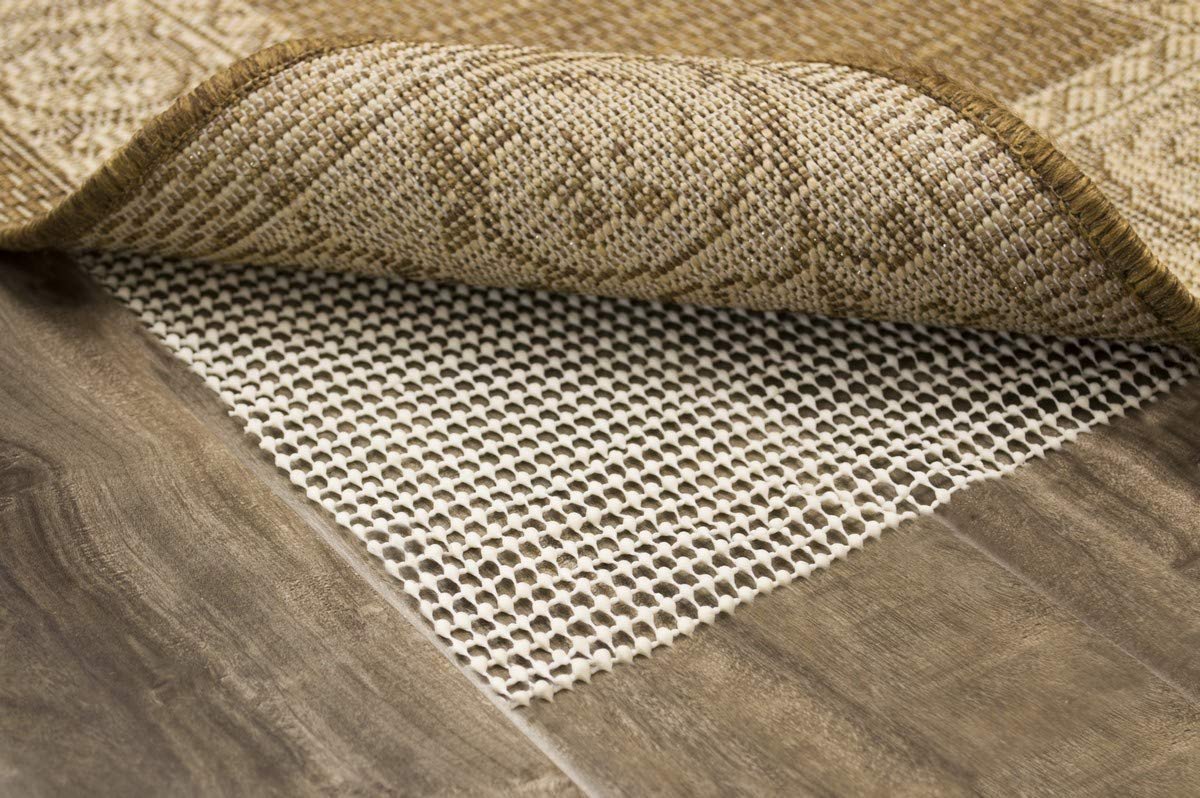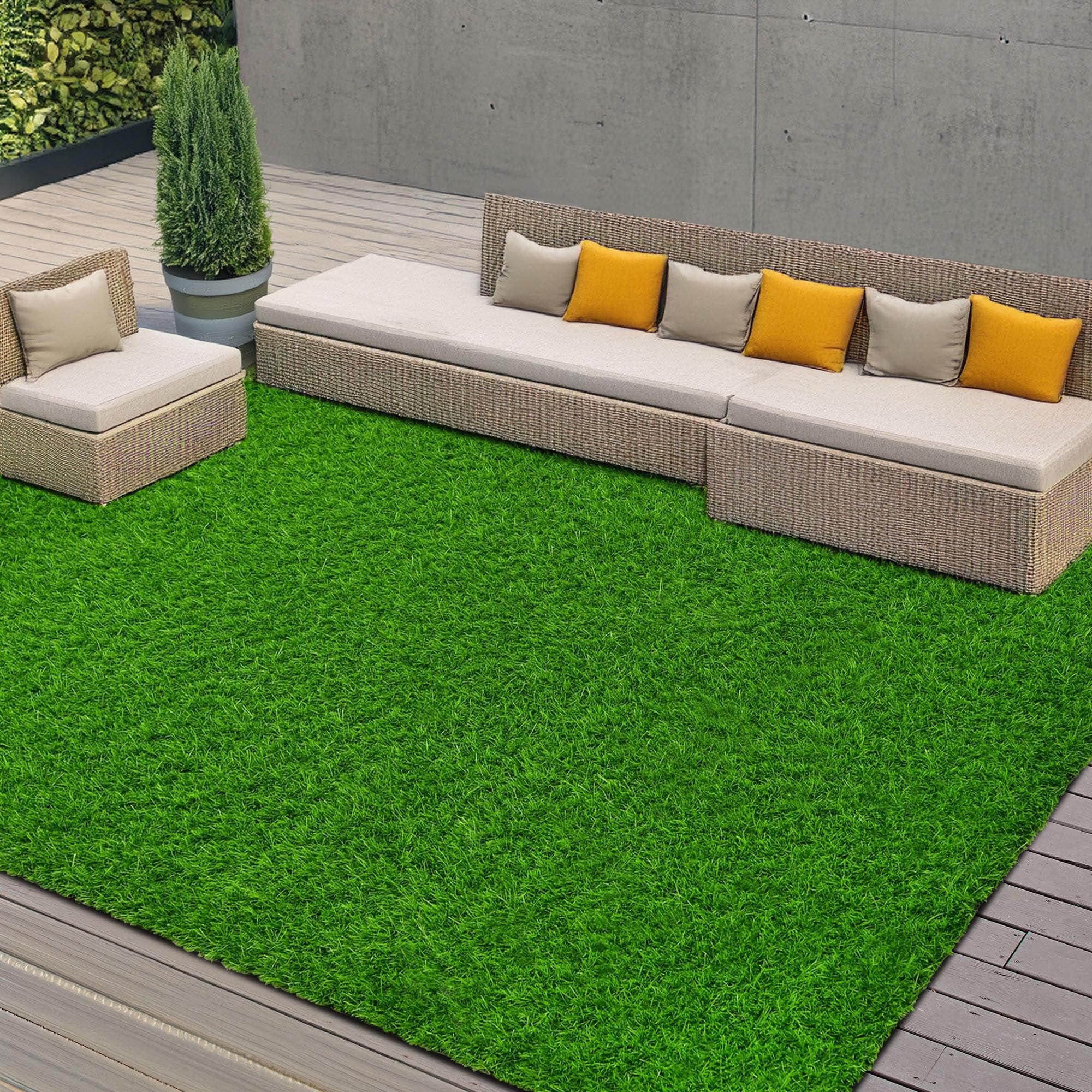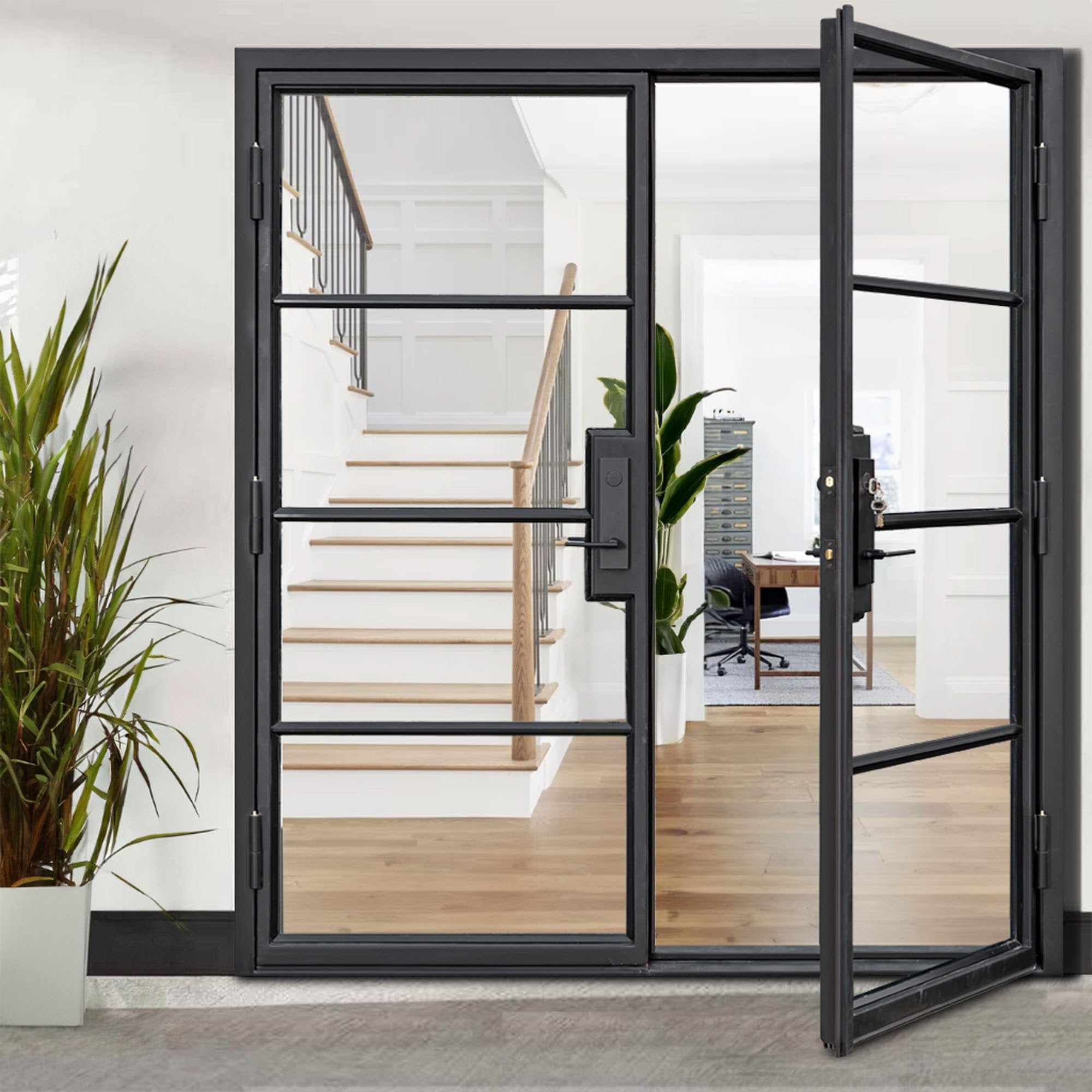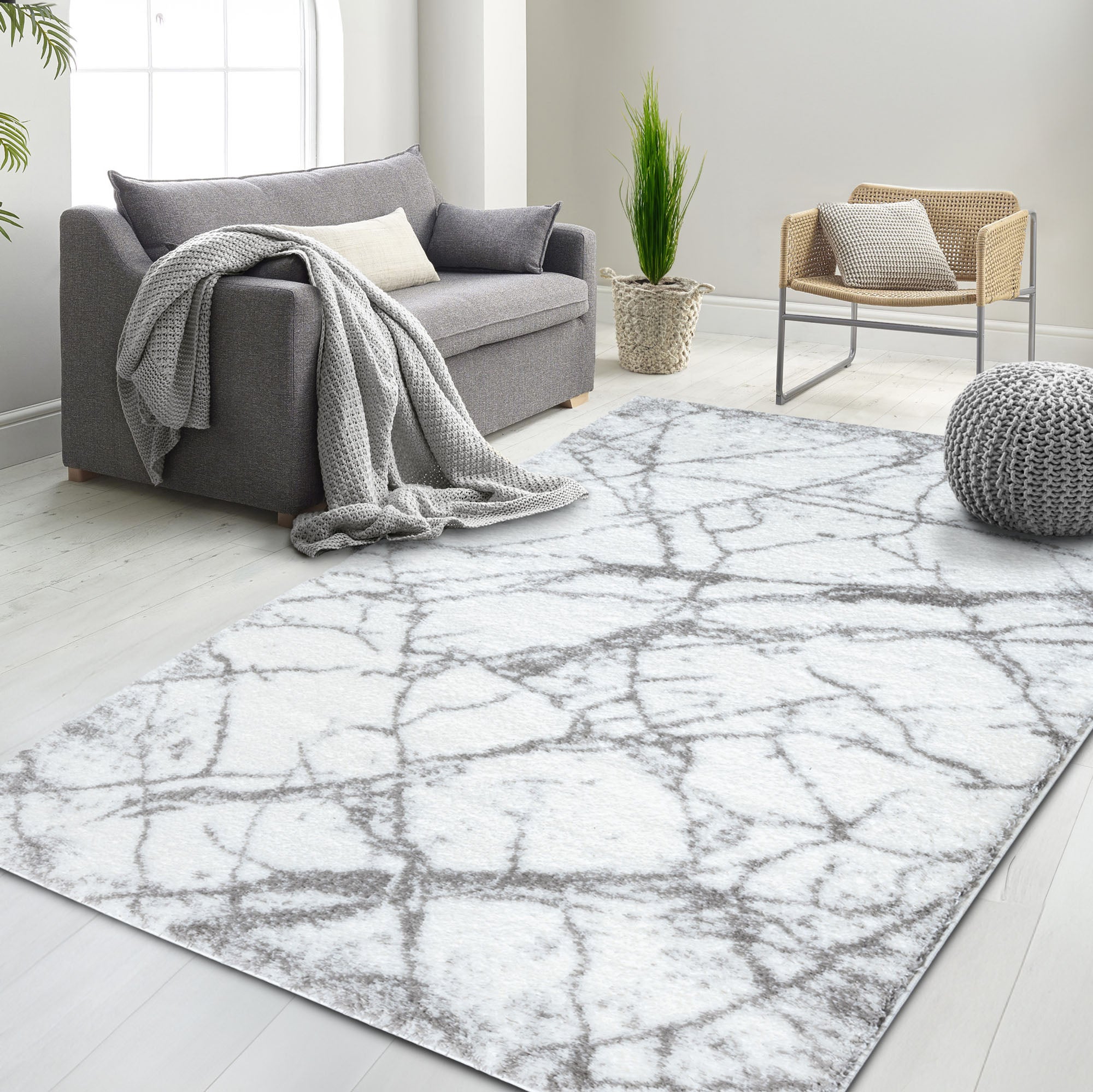Article: Choosing the Perfect Dining Room Rug: A Comprehensive Guide

Choosing the Perfect Dining Room Rug: A Comprehensive Guide

Selecting the right rug for your dining room is more than a decor decision—it's about enhancing comfort, defining your space, and ensuring practicality. This comprehensive guide will walk you through everything you need to know to make an informed choice.
Assessing Your Space
Before diving into rug options, assess your dining room space thoroughly:
- Measuring the Dining Room Area: Measure the dimensions of your dining area, including the space around the table for chairs.
- Considering the Shape and Size of the Dining Table: Determine the shape (round, square, rectangular) and size of your dining table.
- Identifying High-Traffic Areas: Note areas where foot traffic is heaviest to choose a rug that can withstand frequent use.
For more tips on assessing your space, check out our Rug Size Guide.
Rug Size and Shape
Choosing the right size and shape is crucial for both aesthetic and functional purposes:
- Standard Rug Sizes for Dining Rooms: Explore standard sizes like 5'x8', 8'x10', and 9'x12' that typically fit dining areas.
-
Choosing the Right Size: Ensure the rug extends at least 24 inches beyond all sides of the dining table to accommodate chair movement.
- How big should a rug be around a dining room table? A dining room rug should extend at least 24 inches beyond the edges of the table on all sides. This allows for the chairs to be pulled out comfortably without leaving the rug.
-
Shape Options: Consider rectangular rugs for traditional setups, round rugs for intimate dining spaces, or square rugs for a modern look.
- Can you put a round rug under a square table? Yes, you can put a round rug under a square table. This can create an interesting visual contrast and add a unique design element to your dining room.
Material Considerations
Selecting the appropriate rug material affects durability, maintenance, and style:
-
Popular Rug Materials: Wool offers durability and natural beauty, while synthetic fibers like polypropylene are easy to clean and maintain.
- What is the best type of rug for a dining room? The best type of rug for a dining room is one made of durable and easy-to-clean materials such as wool or cotton. These materials offer softness without sacrificing durability. Indoor/outdoor rugs are also a popular choice as they can withstand regular wear and tear and can be easily cleaned with a hose.
-
Pros and Cons: Evaluate each material's pros and cons regarding durability, stain resistance, and ease of cleaning.
- What material rug is good for a dining room? Wool is an excellent choice for dining room rugs due to its natural stain resistance and durability. Silk rugs offer a luxurious feel, making them suitable for formal dining areas with lower foot traffic. For practicality, low pile and flatweave rugs are ideal.
- Durability and Maintenance: Choose a rug that withstands wear and tear and is easy to maintain with regular cleaning routines.
For a comprehensive guide on rug materials, see Complete Rug Material Guide.
Style and Design
Match the rug style with your dining room decor to create a cohesive look:
- Matching with Decor: Coordinate colors and patterns with your dining room furniture and decor style.
- Color Schemes and Patterns: Opt for colors and patterns that complement or contrast with your existing decor.
- Traditional vs. Contemporary Designs: Decide between traditional, Oriental rugs for a classic appeal or modern, geometric patterns for a contemporary touch.
For style and design tips, read Step Into Style: A Guide to Modern Rugs.
Practical Aspects
Consider practical factors like cleaning, maintenance, and safety:
- Ease of Cleaning: Choose rugs that are easy to spot-clean or vacuum to maintain cleanliness.
-
Stain Resistance and Durability: Prioritize materials that are stain-resistant and durable against spills and heavy furniture.
- What type of carpet is good for dining room? For dining rooms, heat-set synthetic rugs made from polypropylene are ideal due to their ease of cleaning, especially for families with young children or pets. Stain-resistant, soft, and durable wool rugs are also a great choice.
-
Safety Concerns: Ensure the rug has a non-slip backing or use a rug pad to prevent slipping and enhance comfort underfoot.
- Do you need a rug pad for a dining room rug? A rug pad can be useful in a dining room to prevent slipping and protect the floor underneath. However, if the dining table covers a large part of the rug, the table itself may secure the rug sufficiently.
Budgeting
Set a budget that balances quality with cost-effectiveness:
- Setting a Budget: Determine your budget range based on the size, material, and quality of the rug.
- Balancing Quality and Cost: Look for discounts or promotions without compromising on rug quality and longevity.
- Where to Find Deals: Explore online retailers, local stores, or rug outlets for competitive pricing and special offers.
For budget tips, check out The Ultimate Rug Buying Guide: Expert Tips and Tricks.
Shopping Tips

Make informed decisions by trying before buying and exploring different shopping options:
- Trying Before Buying: Take advantage of in-home trials or generous return policies to test the rug in your dining space. Handcraft Rugs provides a feature that lets you REQUEST A RUG SAMPLE to ensure it complements your decor before making a final choice.
- Online vs. In-Store Shopping: Compare prices and selections online versus visiting stores to see and feel the rugs firsthand.
- Reading Reviews: Check customer reviews and ratings to gauge the quality and durability of potential rug choices.
Placement and Arrangement

Ensure the rug is correctly positioned under the dining table for optimal use:
- Proper Rug Placement: Center the rug under the dining table, leaving enough space for chairs to sit comfortably on the rug.
-
Chair Placement: Align chairs so they remain on the rug when pulled out, ensuring a cohesive and functional dining area.
- Should dining chairs sit on the rug? Yes, dining chairs should always sit fully on the rug. This ensures stability and prevents the chairs from catching on the edge of the rug when they are moved.
- Alignment with Room Features: Coordinate rug placement with other room features like lighting fixtures or wall art.
Maintenance and Care

Implement regular cleaning routines to preserve the rug's appearance and lifespan:
- Regular Cleaning: Vacuum the rug weekly and spot-clean spills promptly to prevent stains.
-
Dealing with Spills and Stains: Use gentle cleaning methods and appropriate solutions to treat spills without damaging the rug fibers.
- What are the disadvantages of carpet in a dining room? While carpet in the dining room offers a cozy and inviting ambiance, it can pose challenges such as staining and allergen accumulation. Regular maintenance and careful selection of stain-resistant materials can help mitigate these issues.
- Professional Cleaning Advice: Schedule professional rug cleaning annually to maintain its beauty and extend its longevity.
For more maintenance tips, read The Complete Guide to Cleaning and Maintaining Wool Rugs.
Choosing the perfect dining room rug involves considering size, material, style, and practicality to enhance your dining experience. By following this comprehensive guide, you can confidently select a rug that not only complements your decor but also meets your functional needs for years to come.


